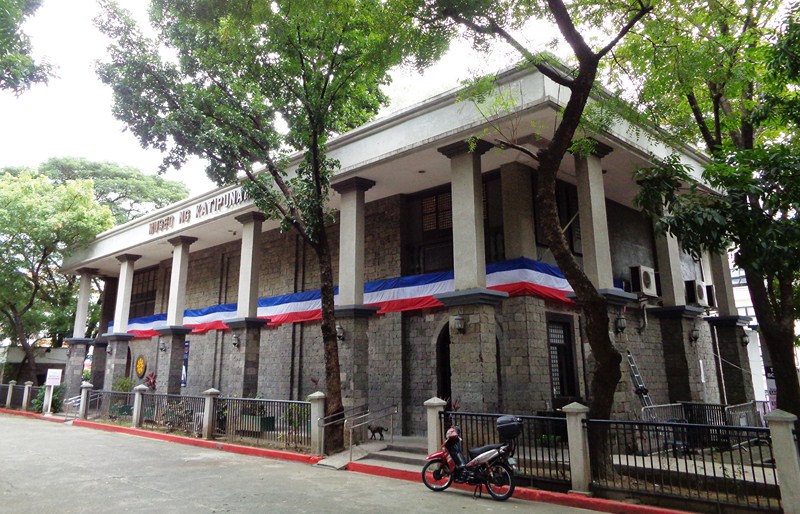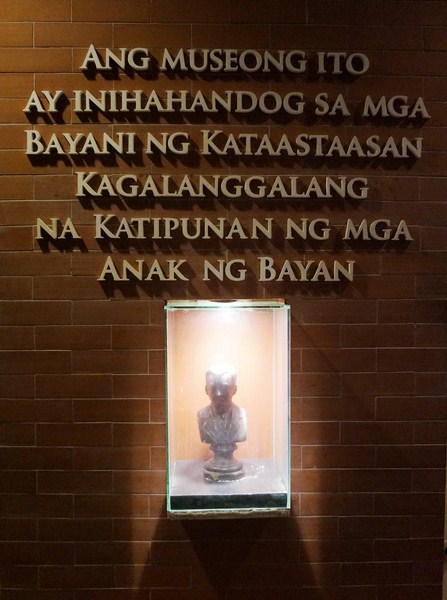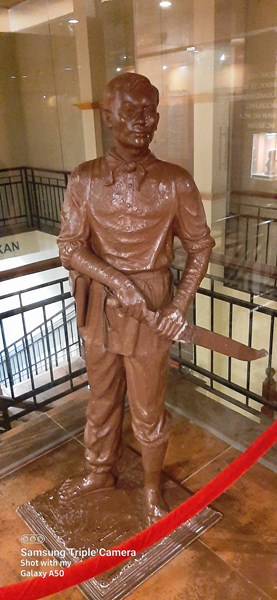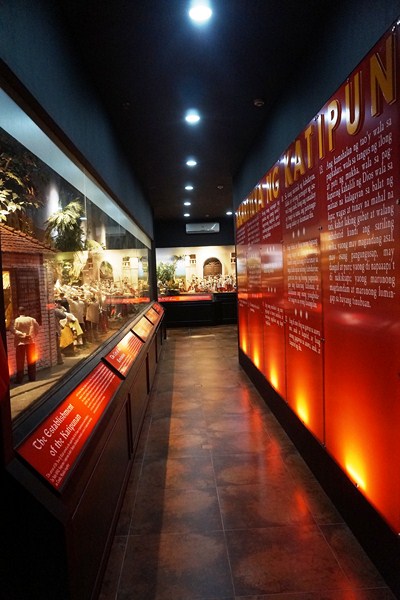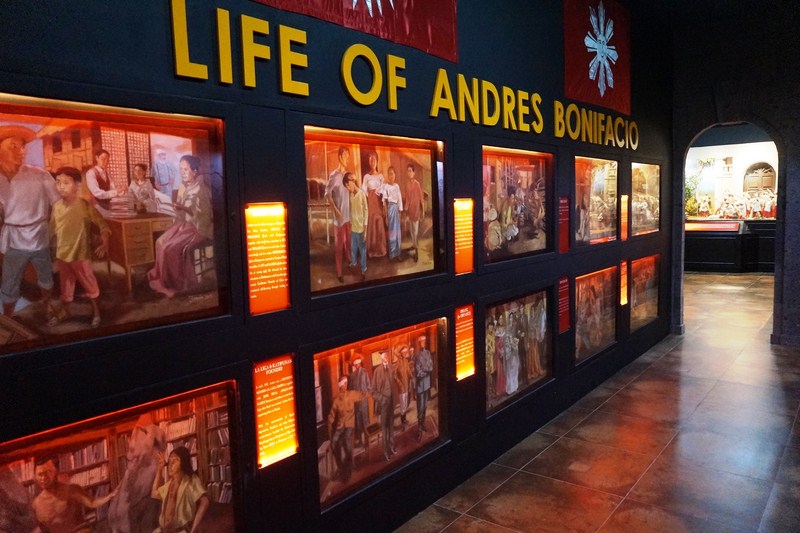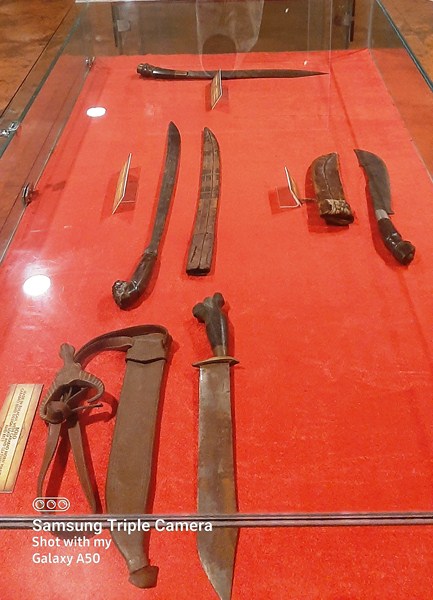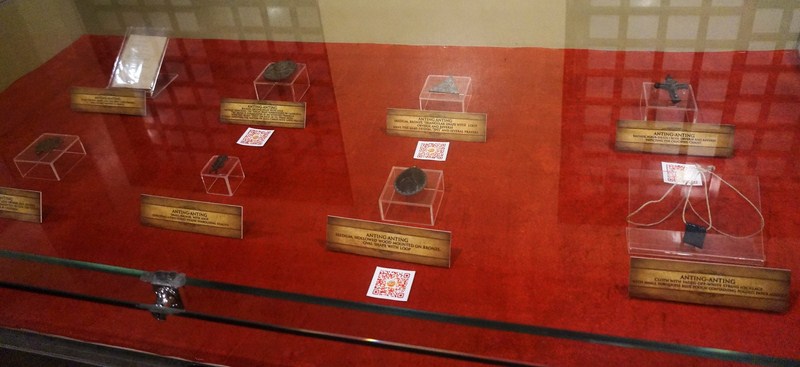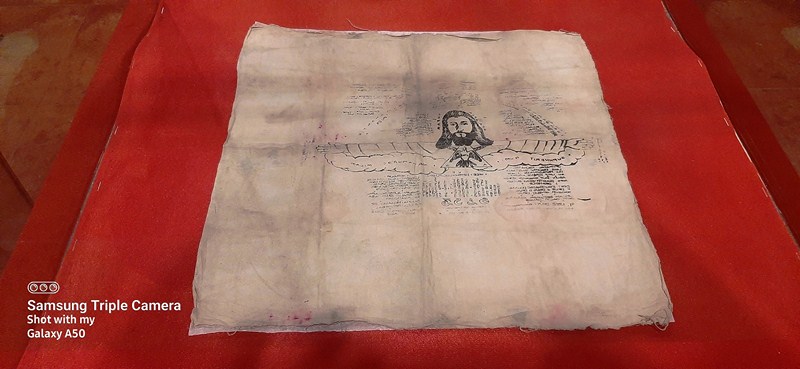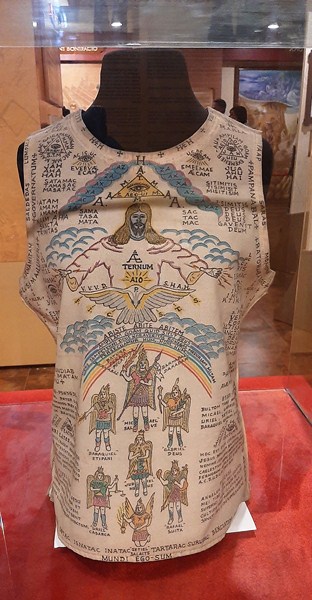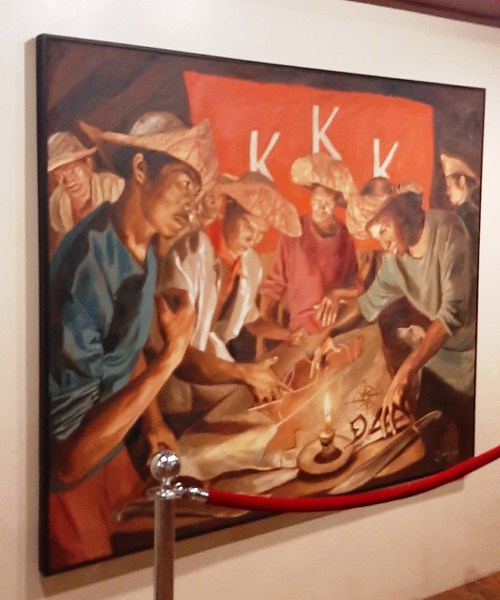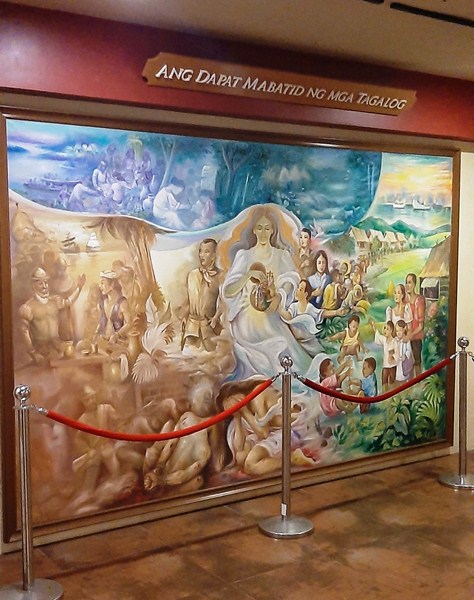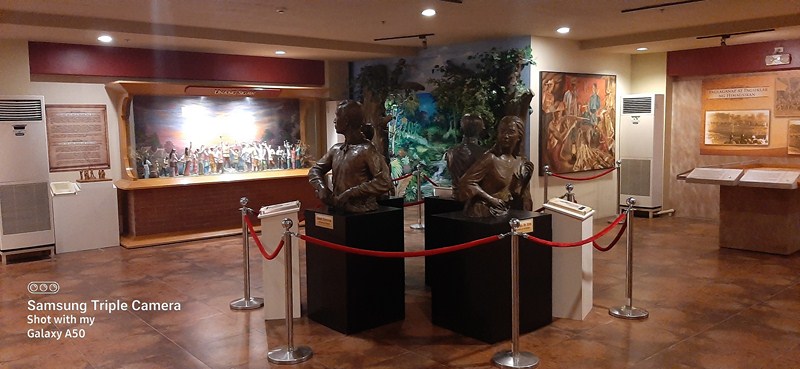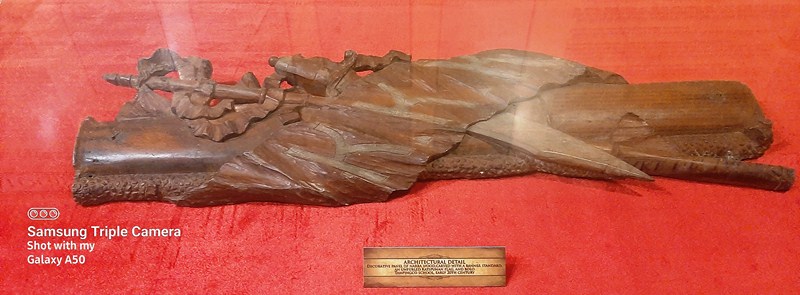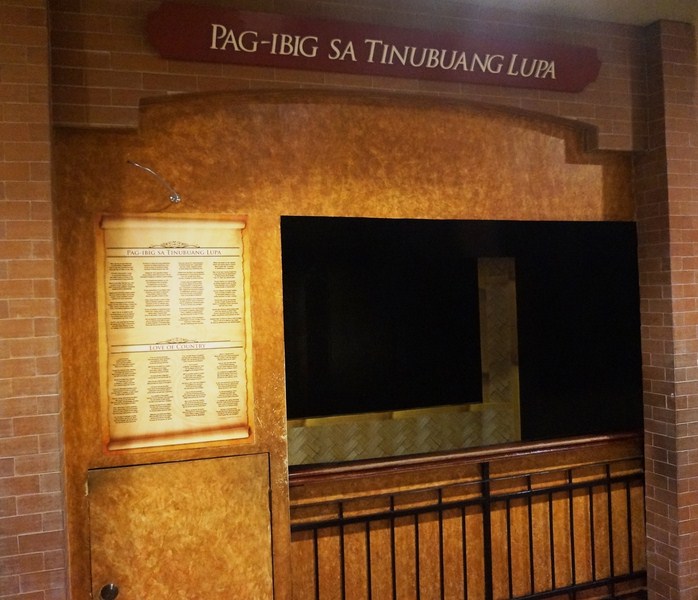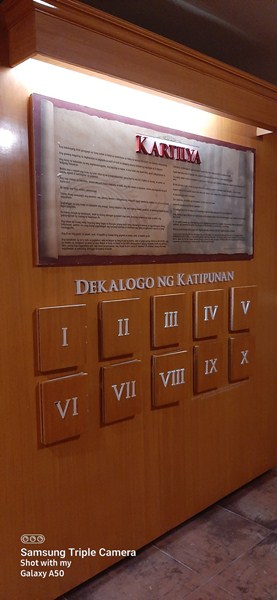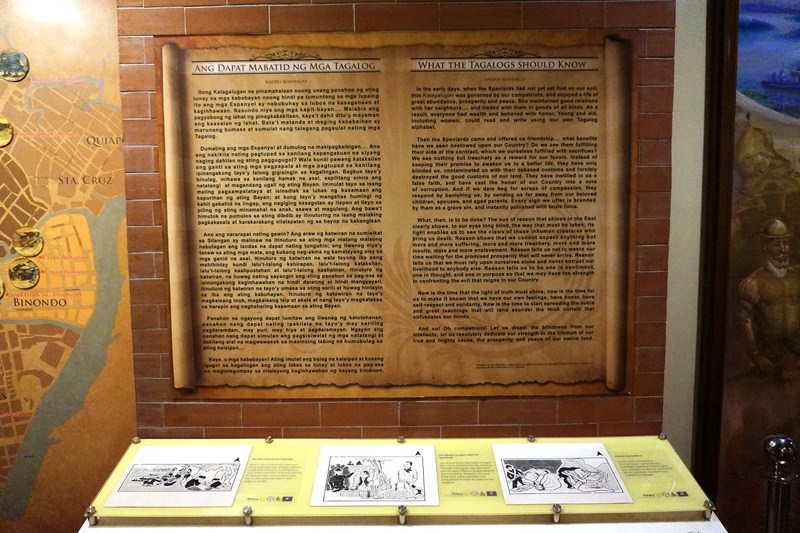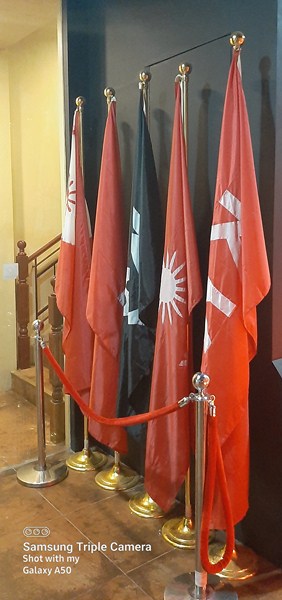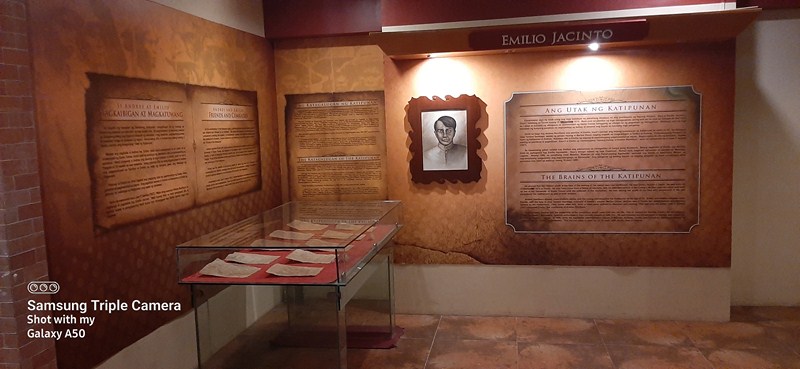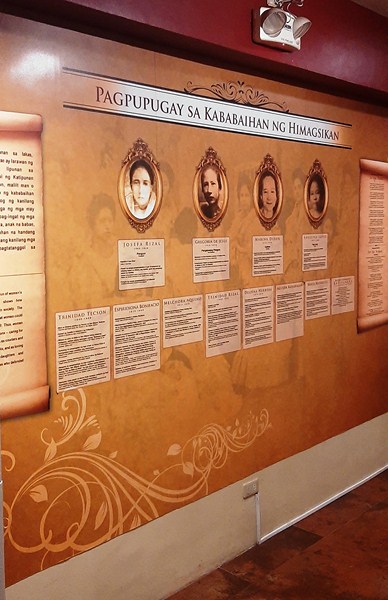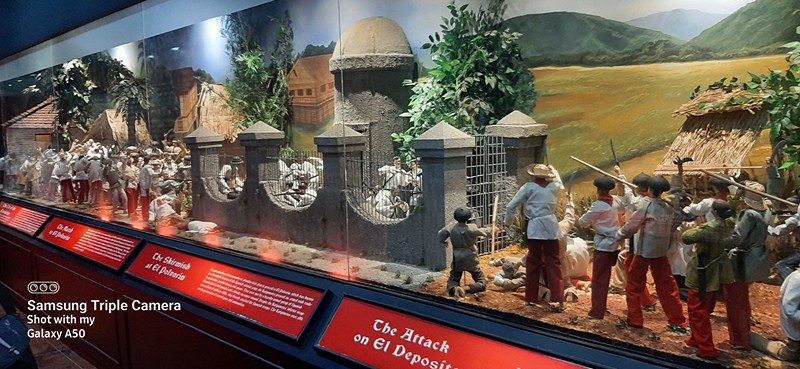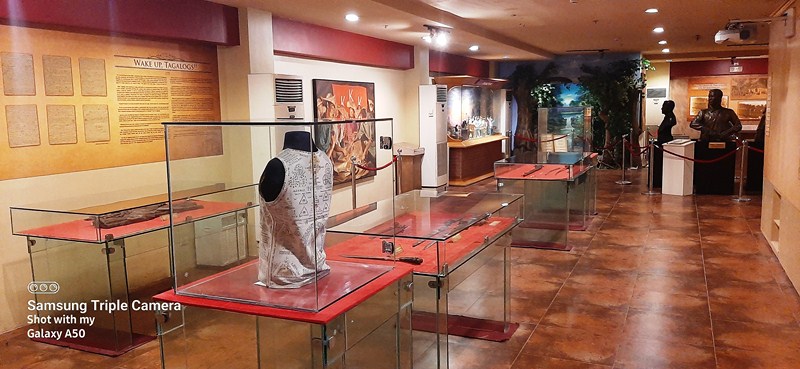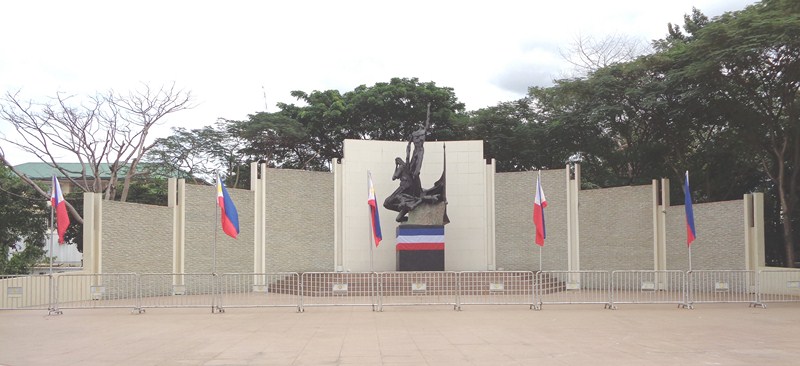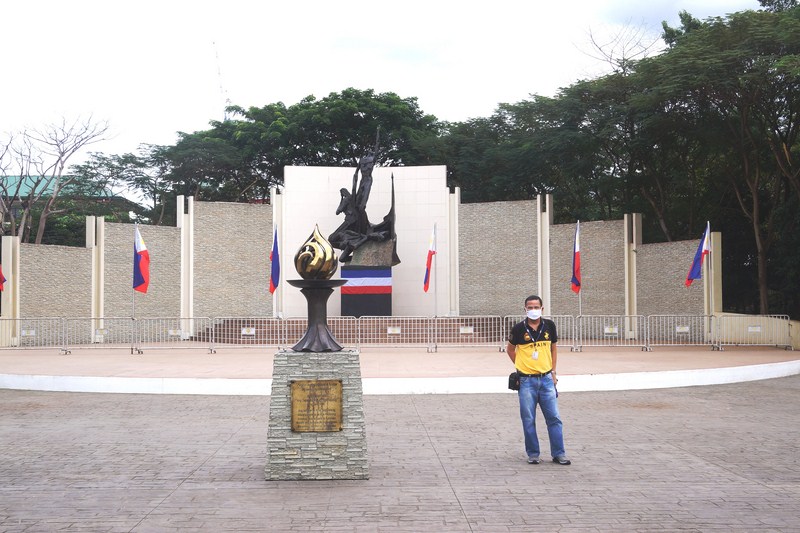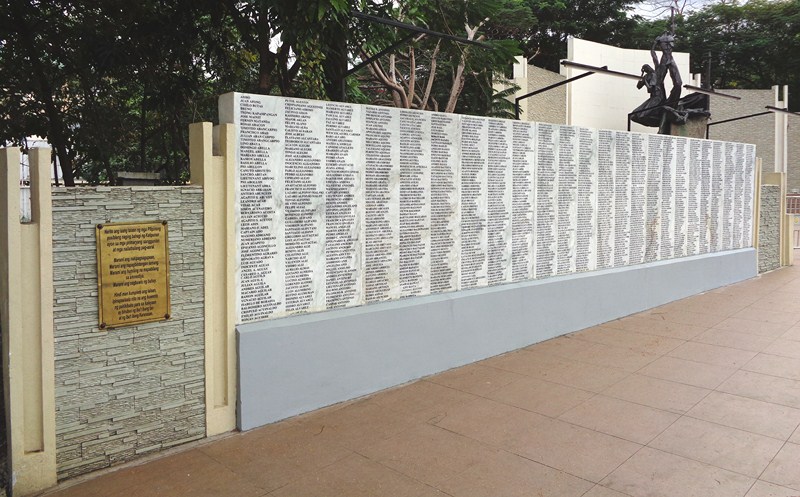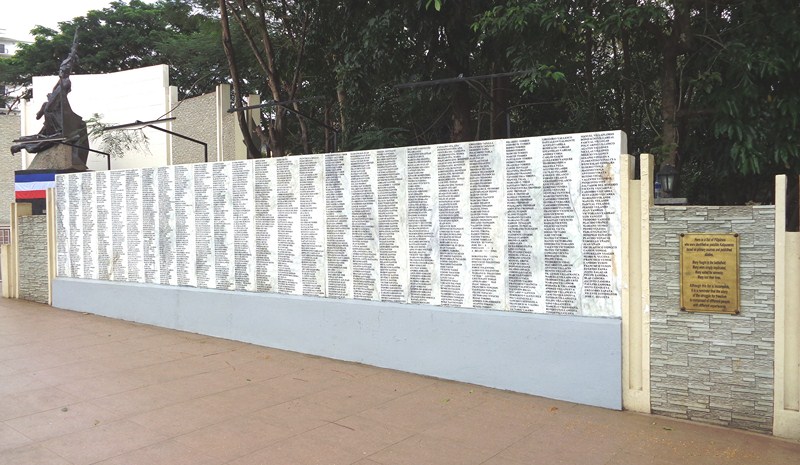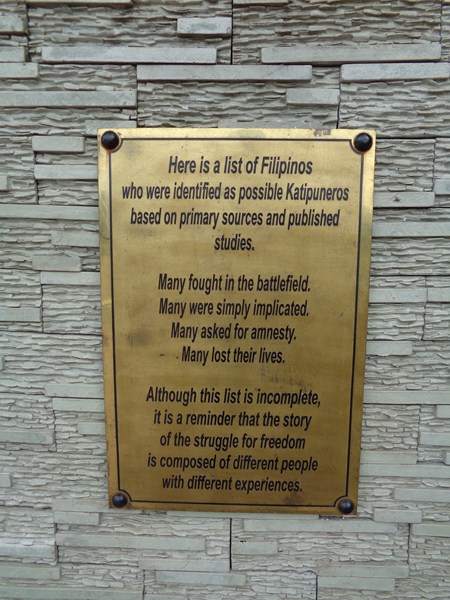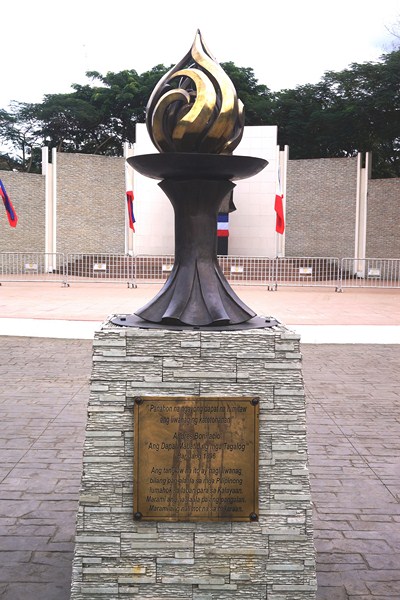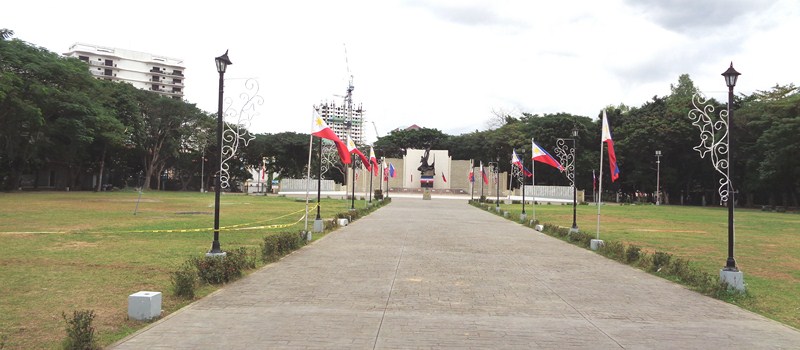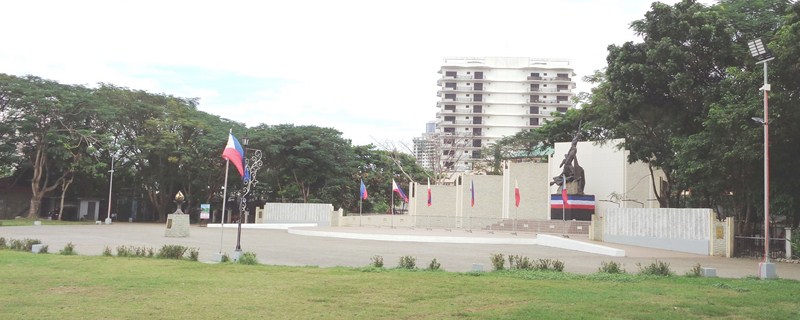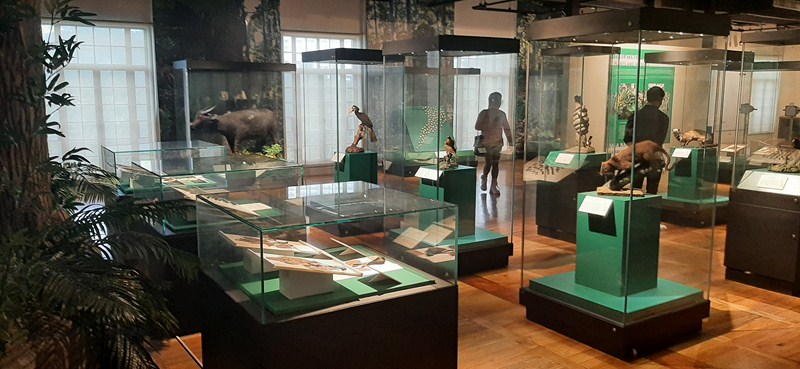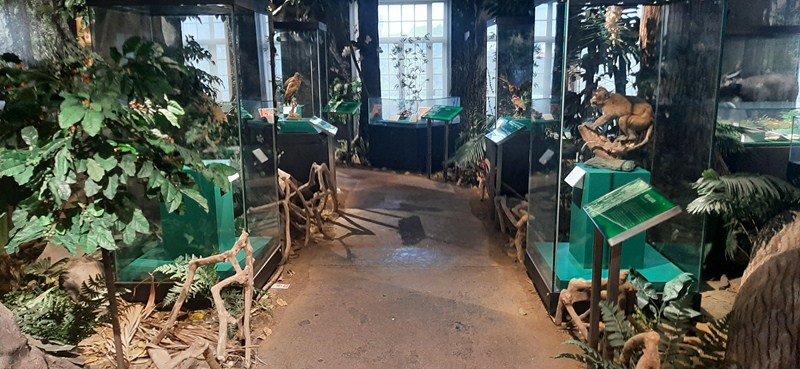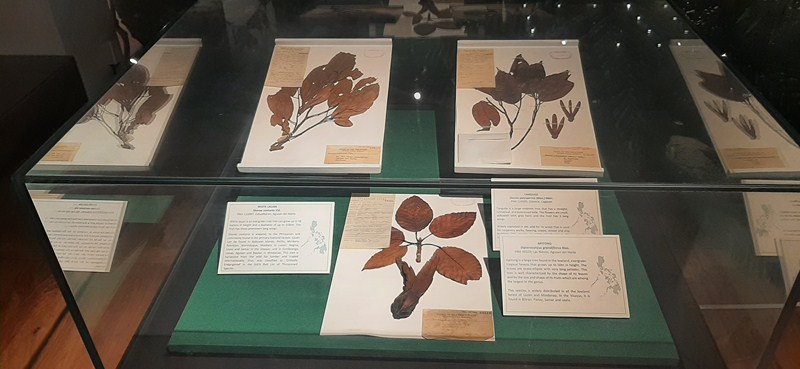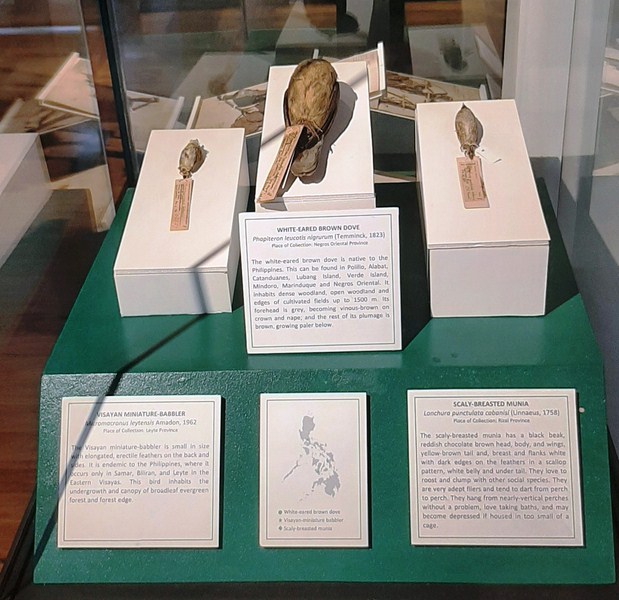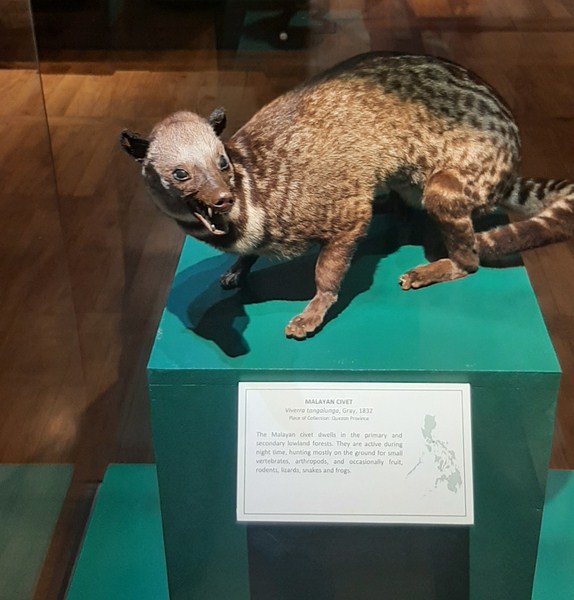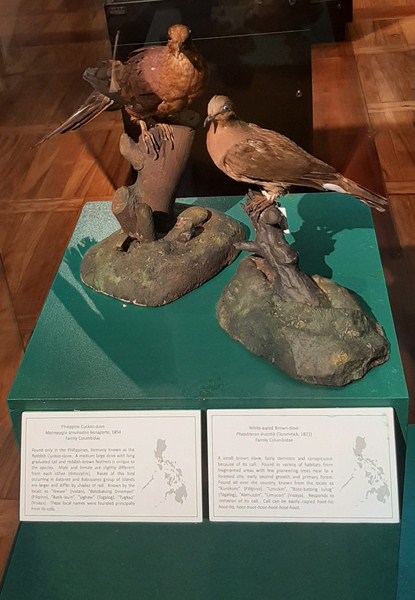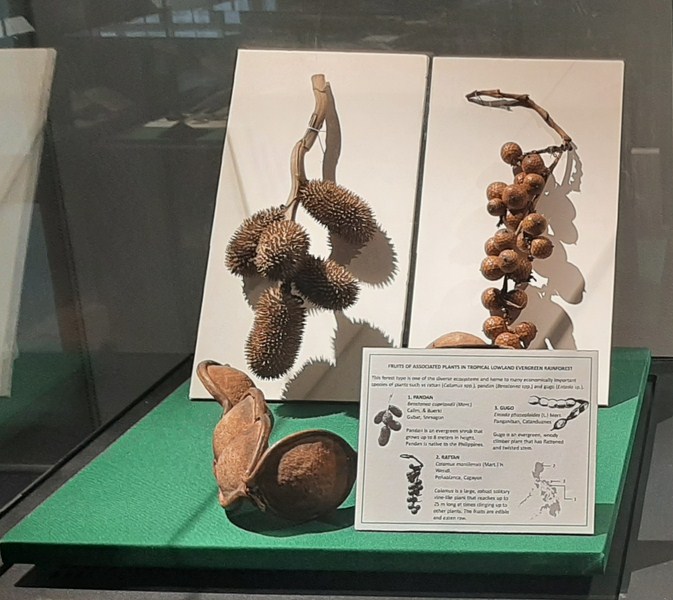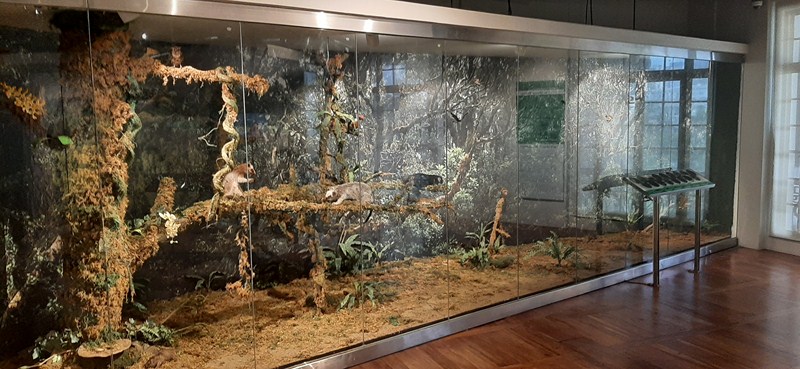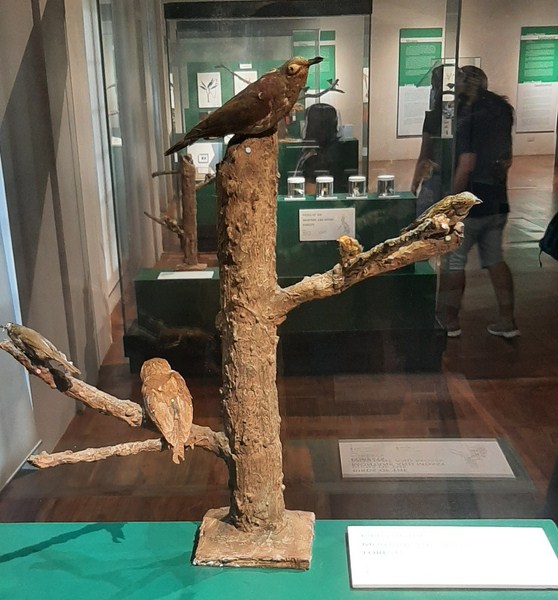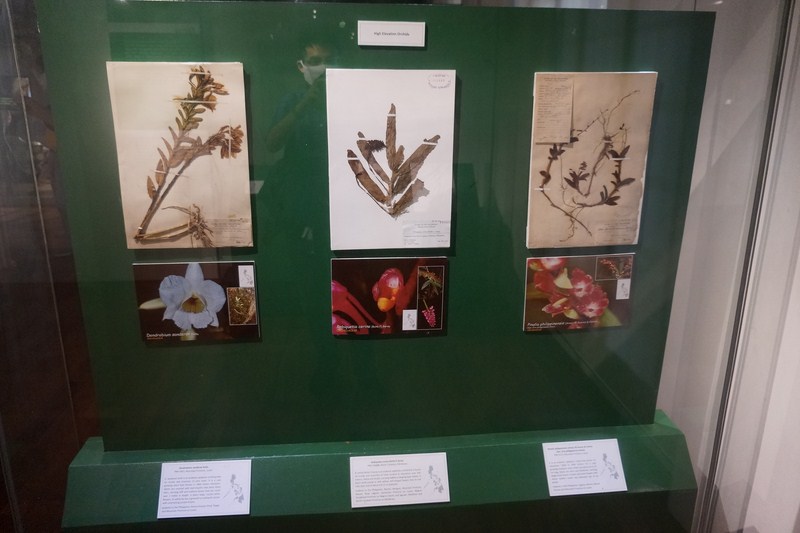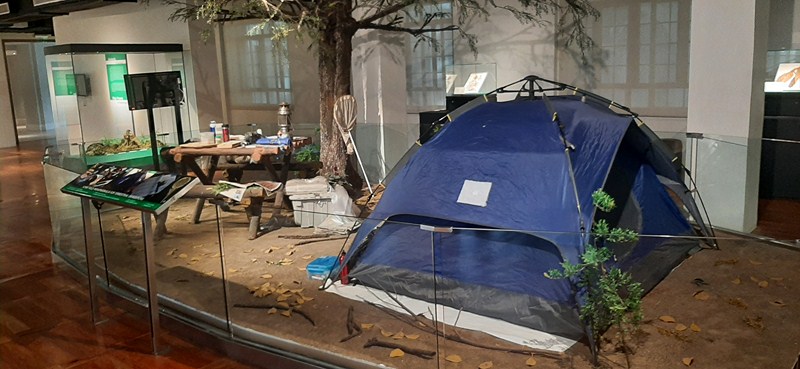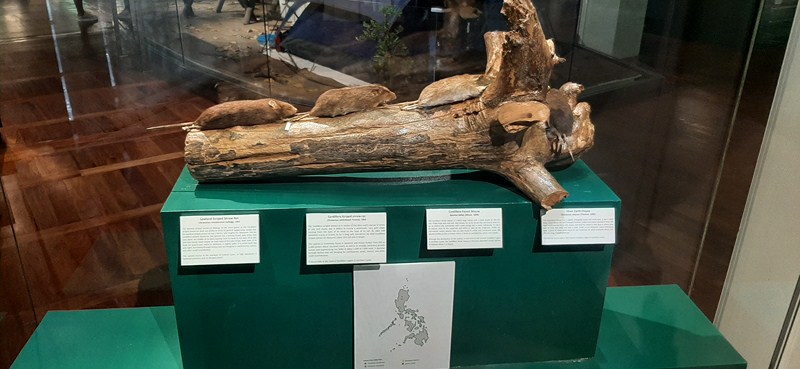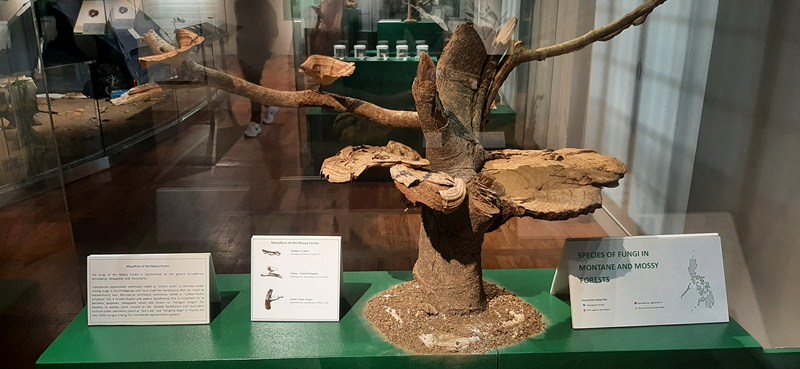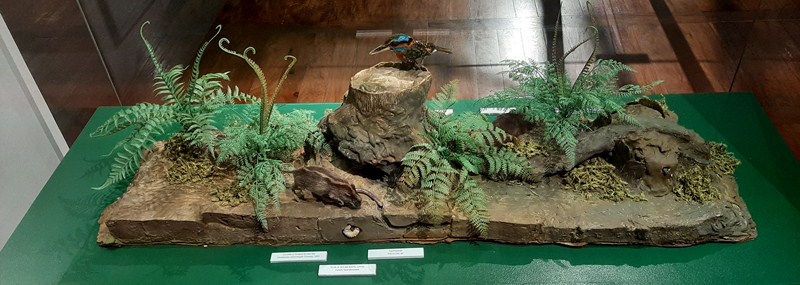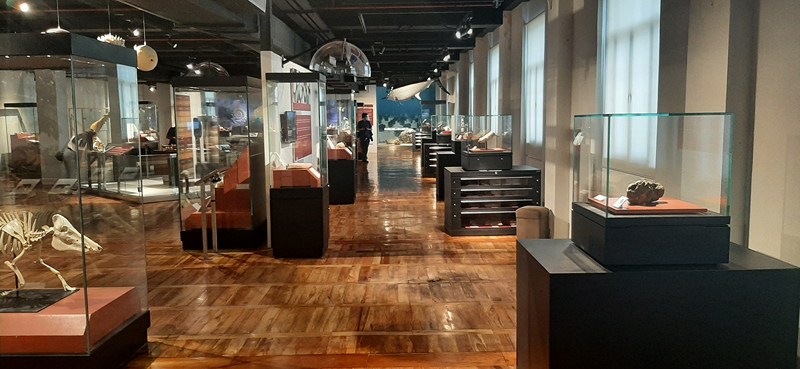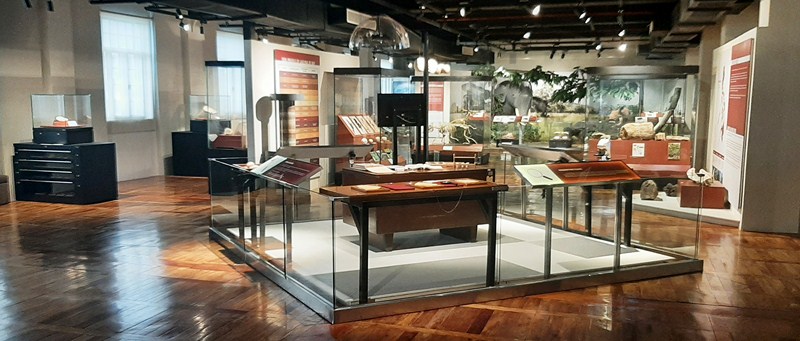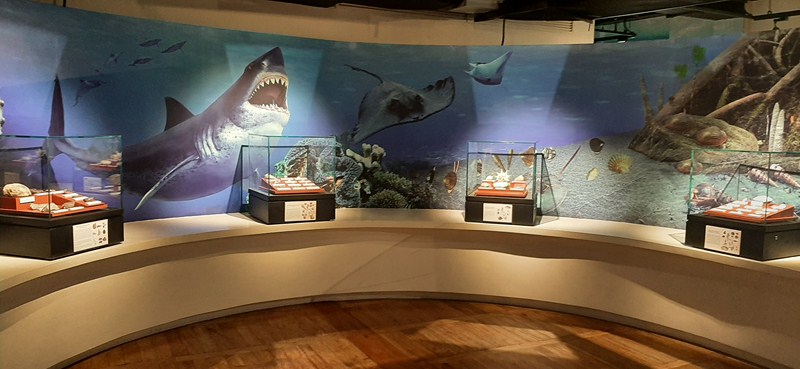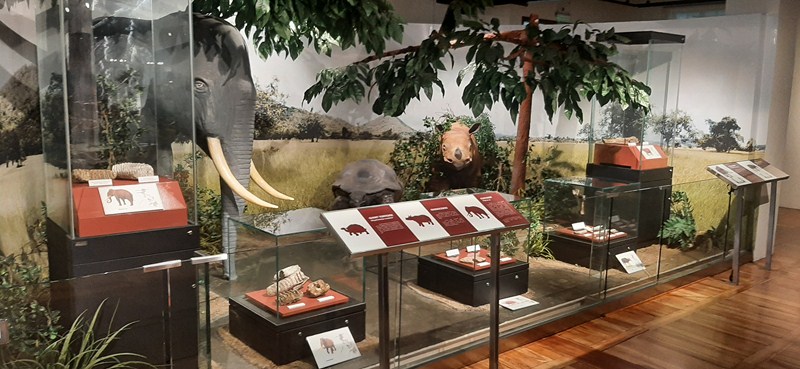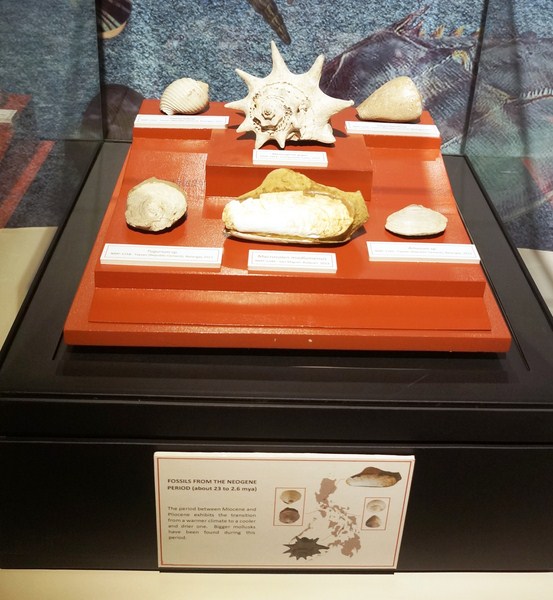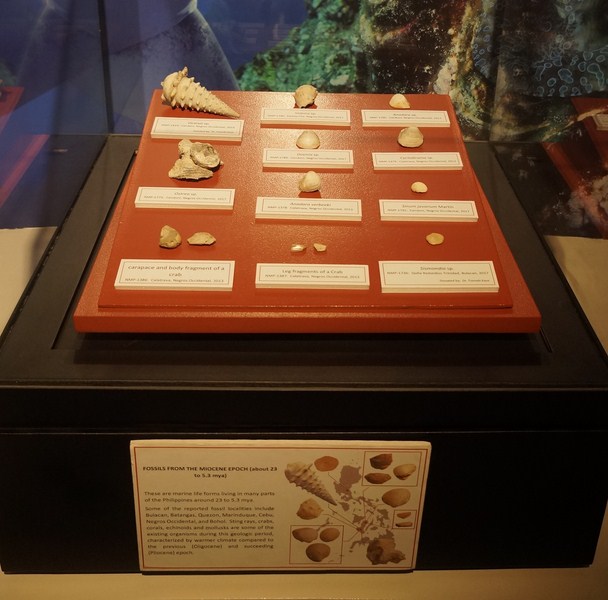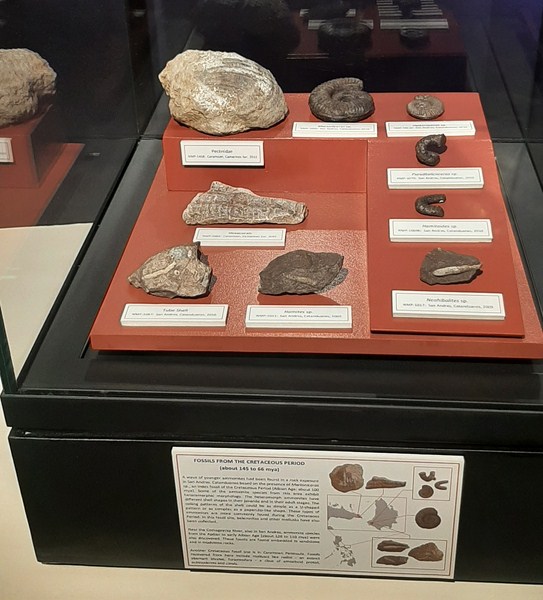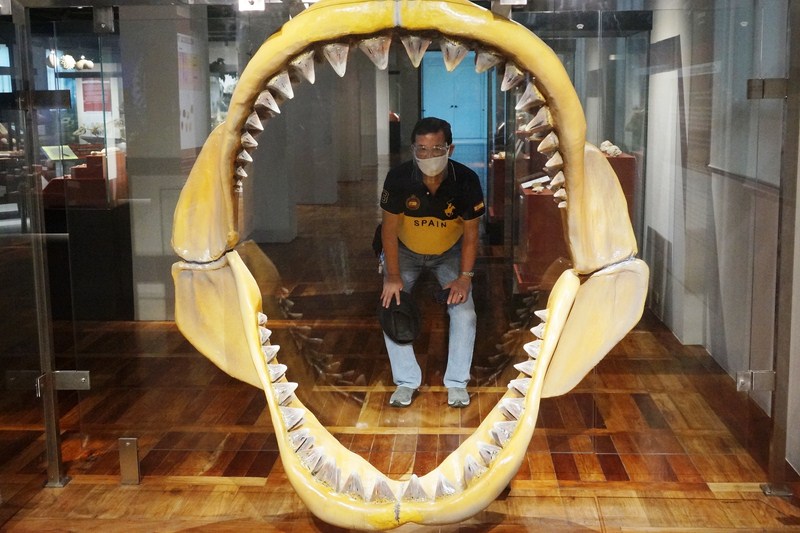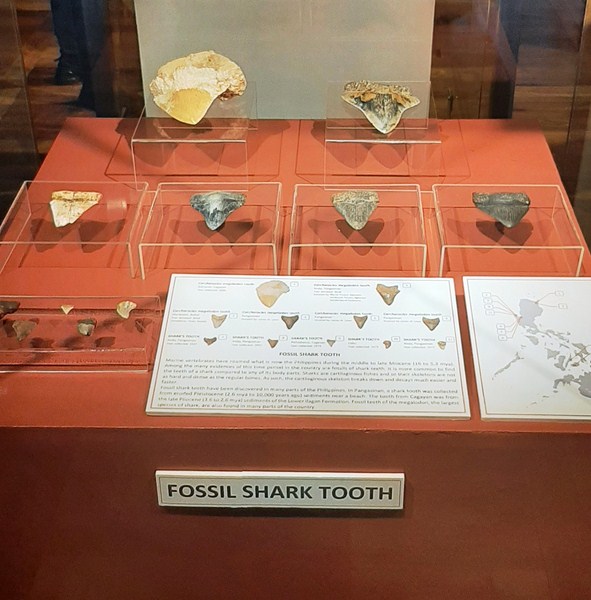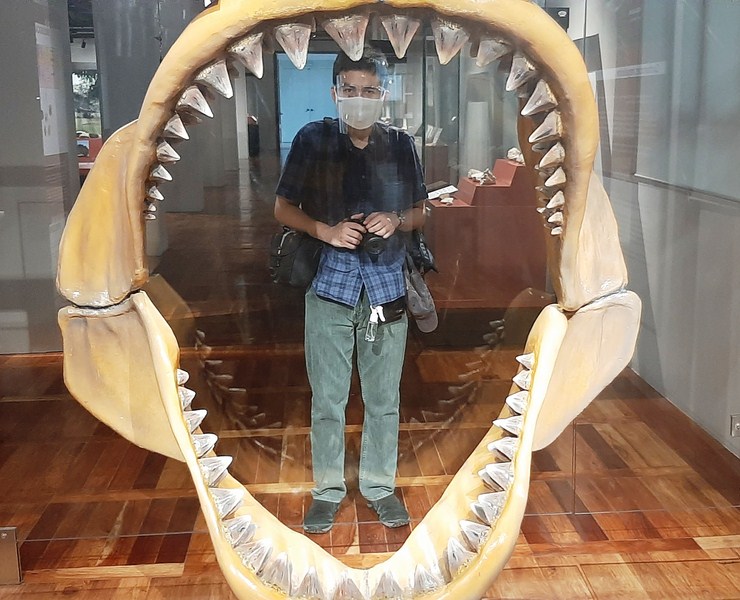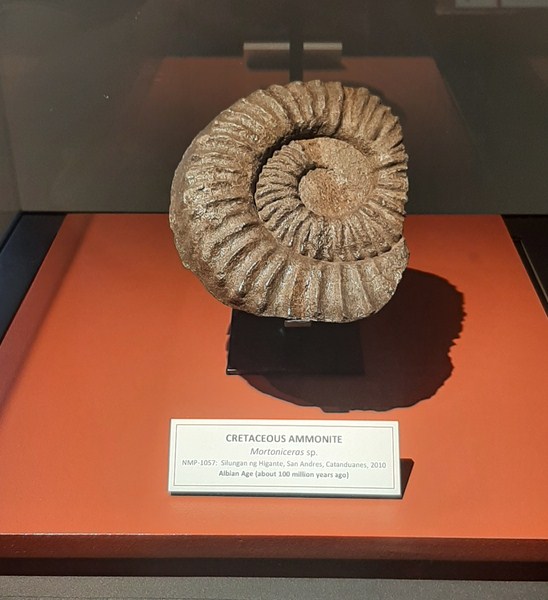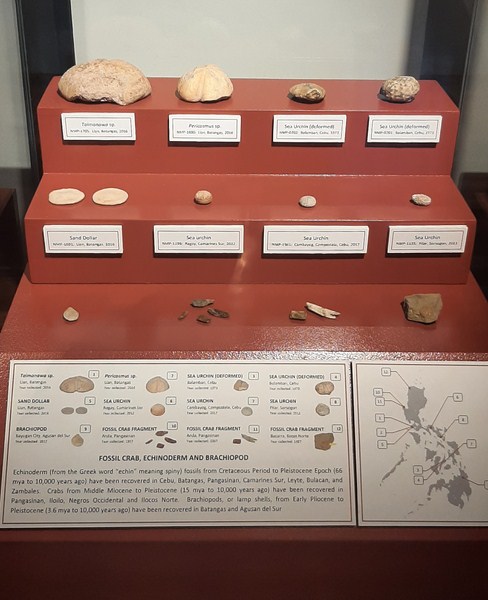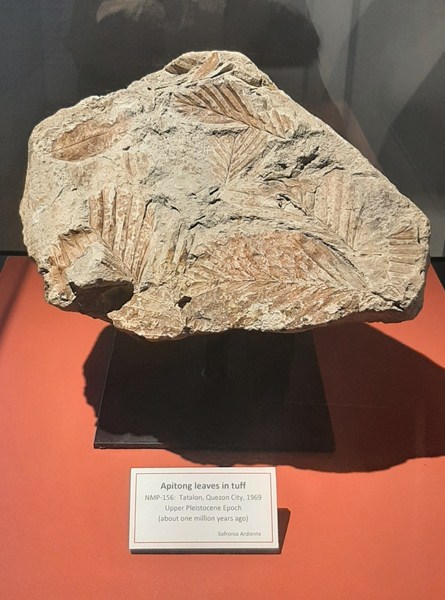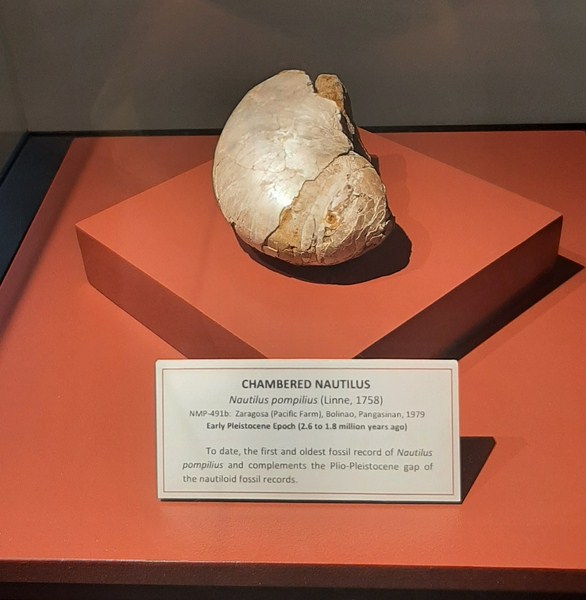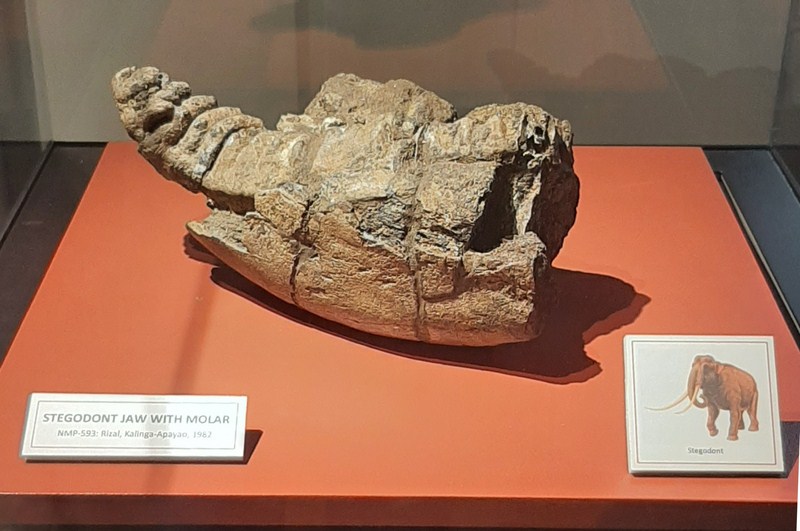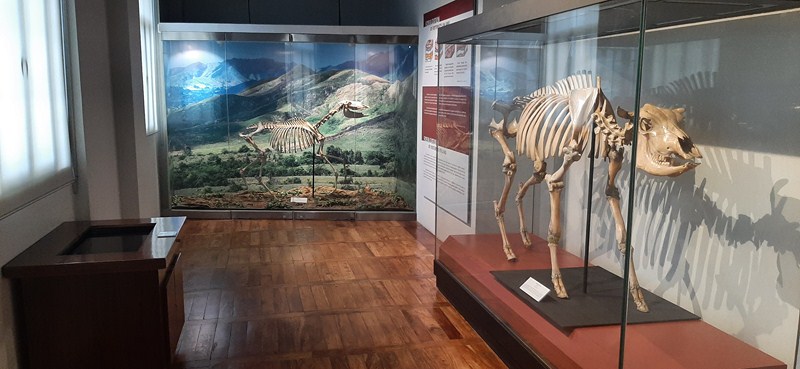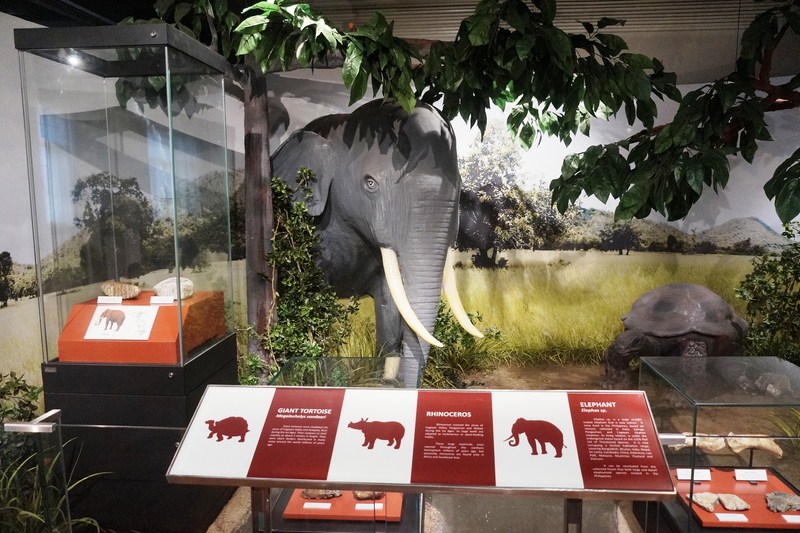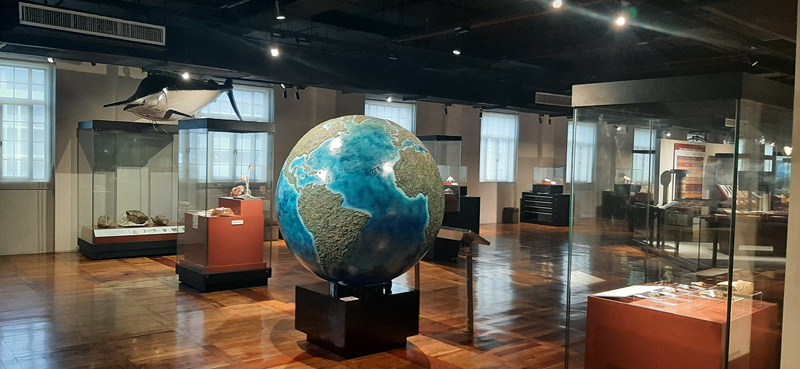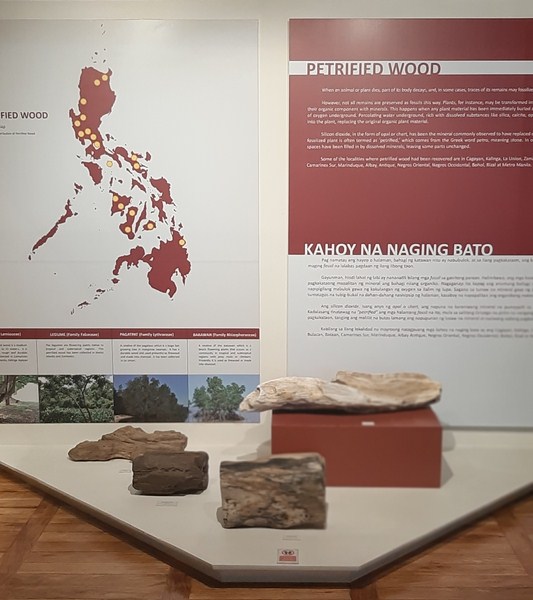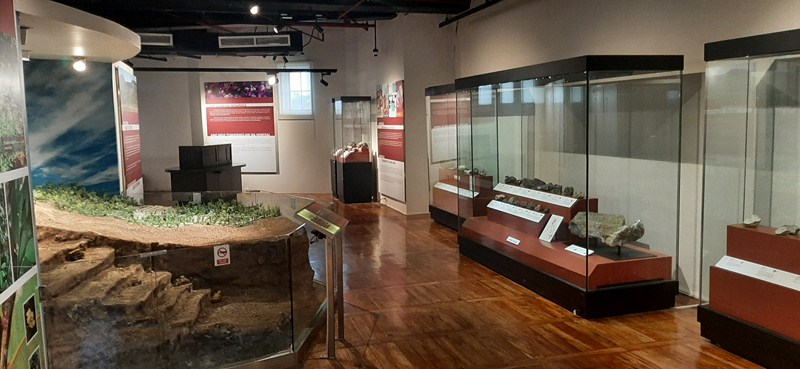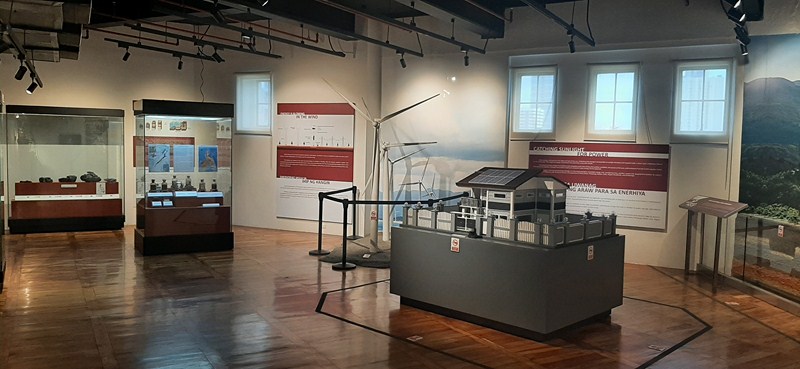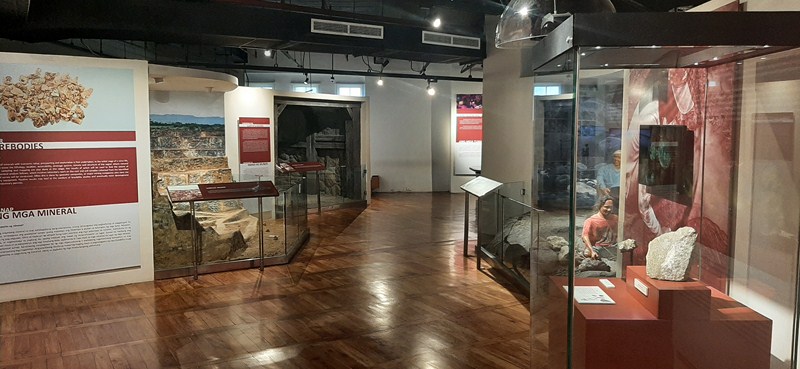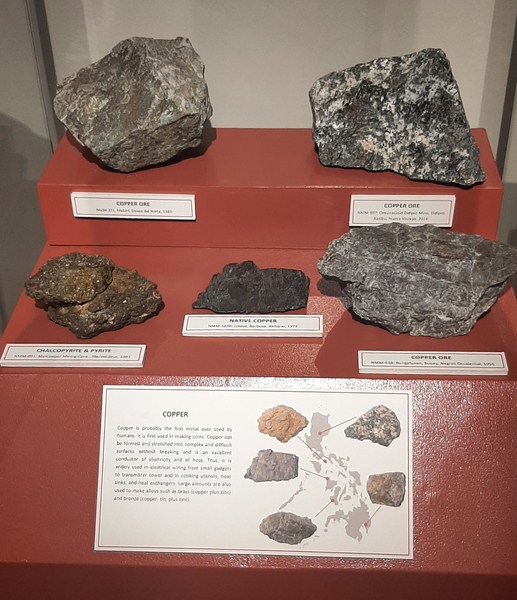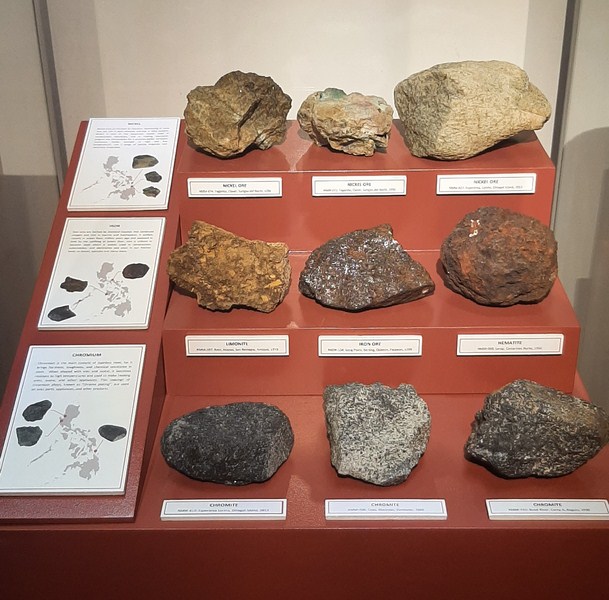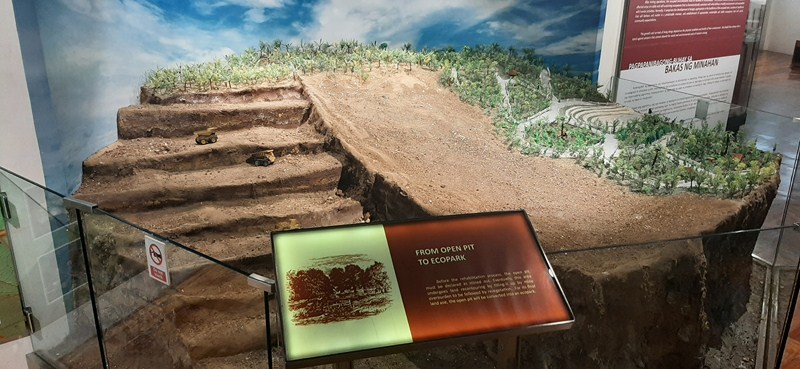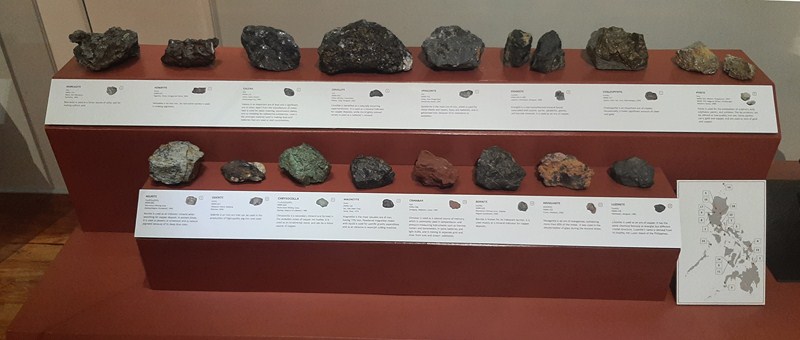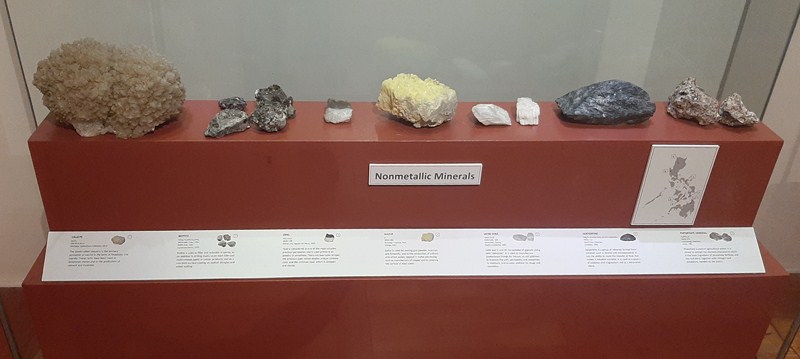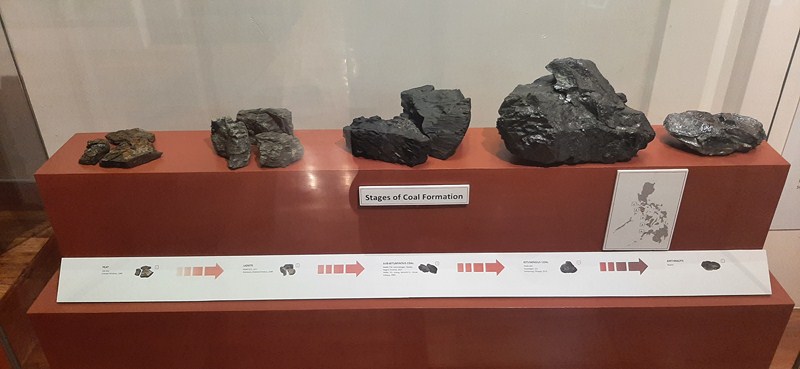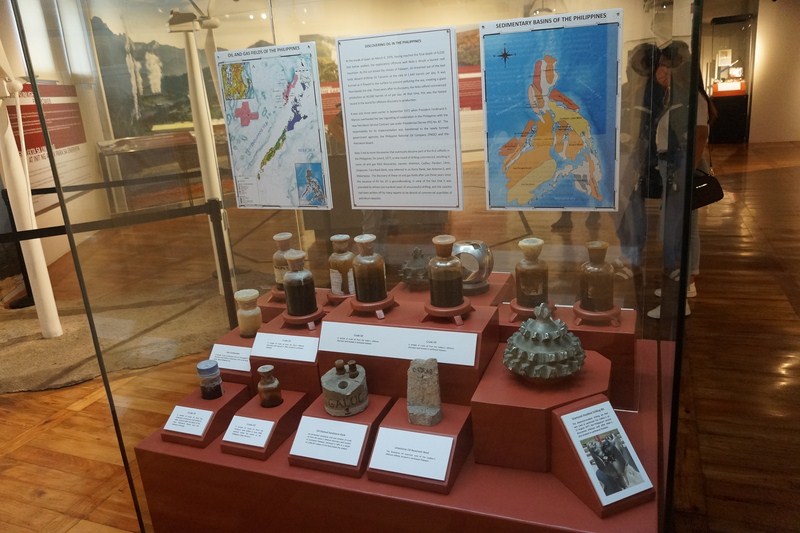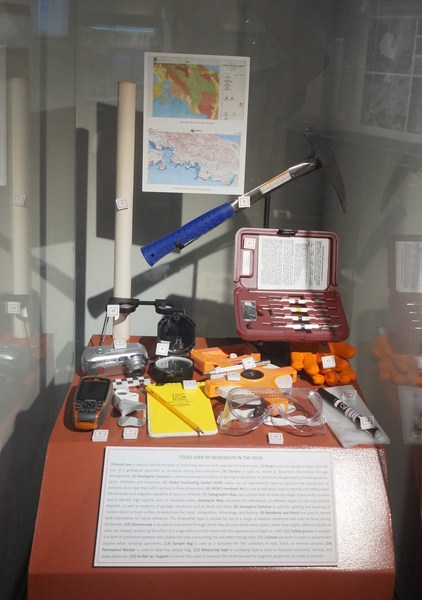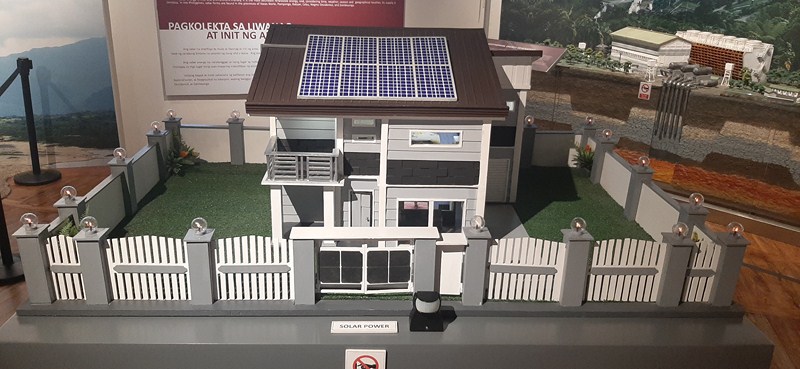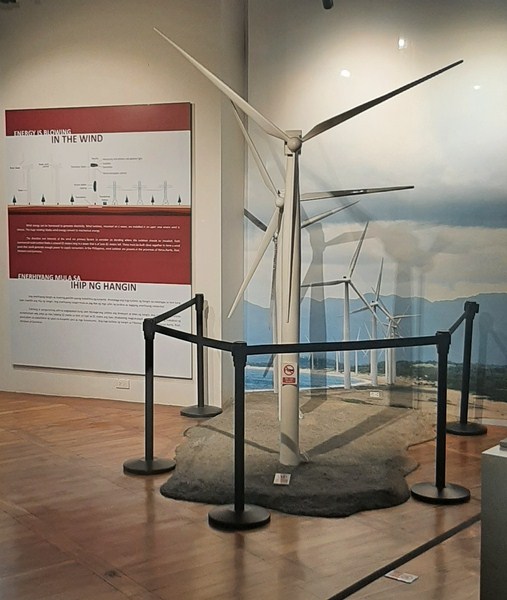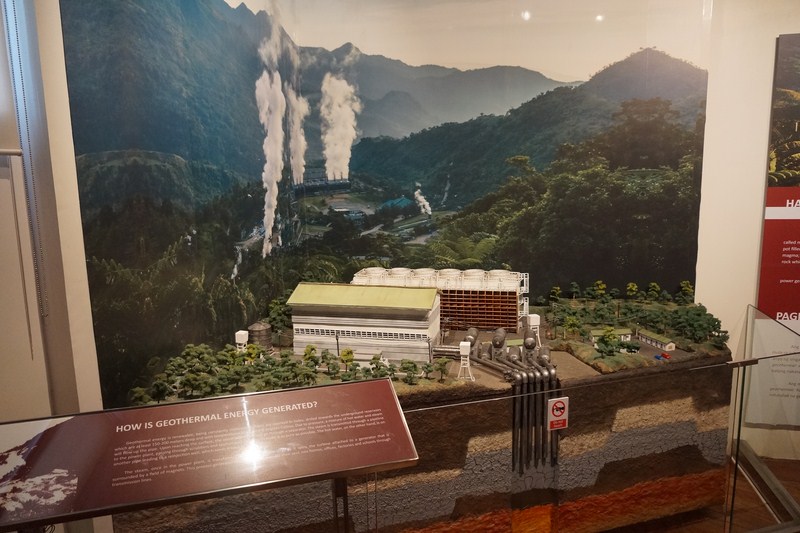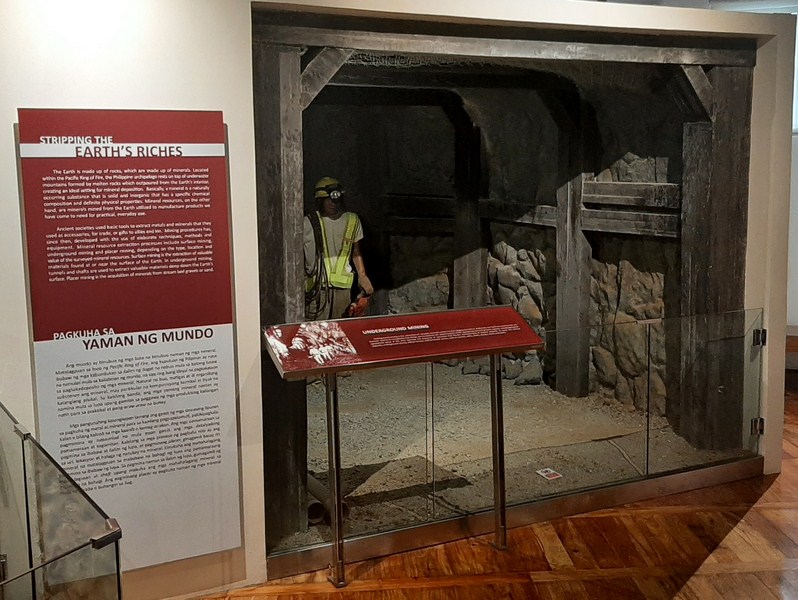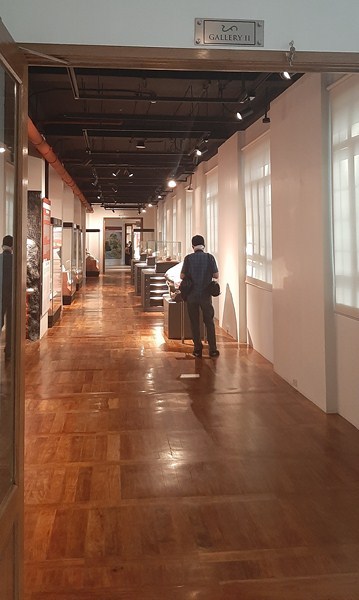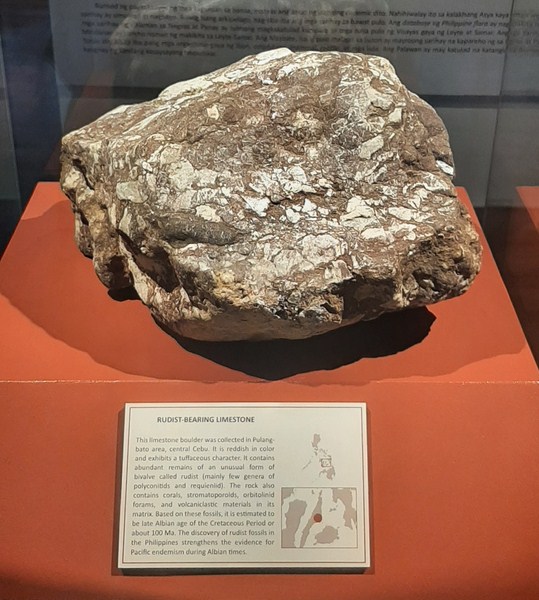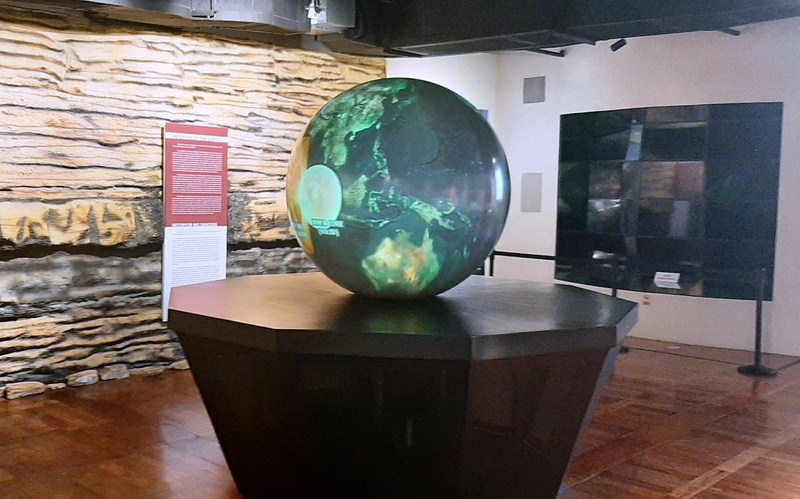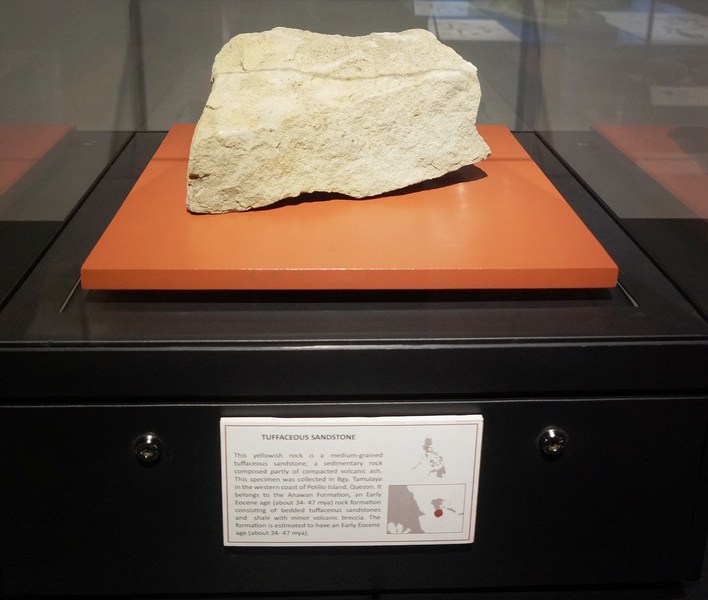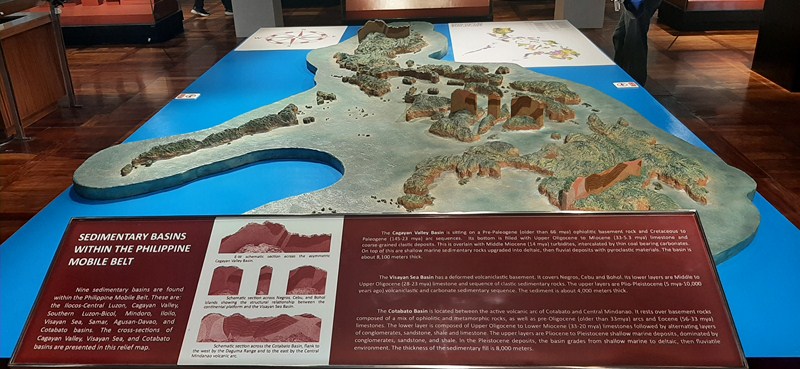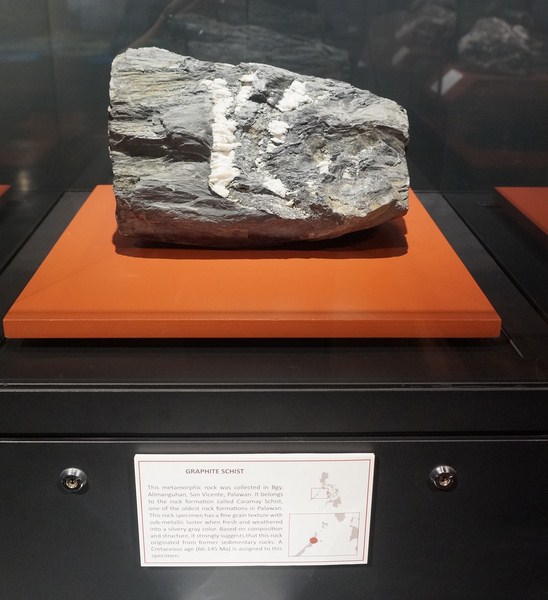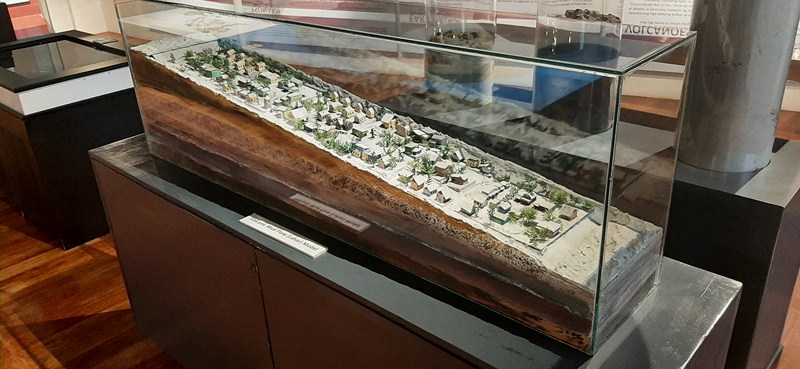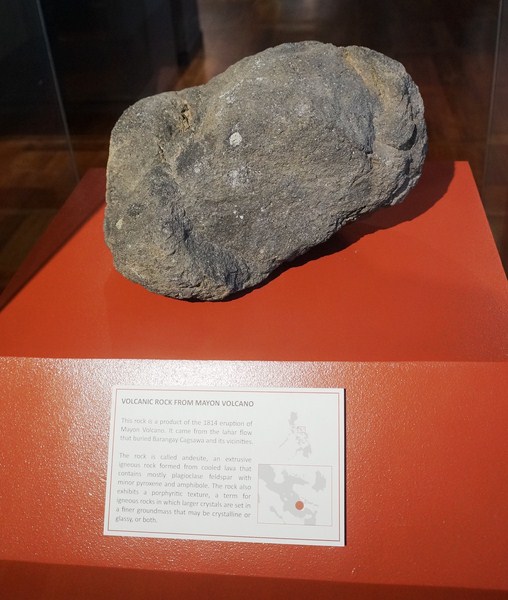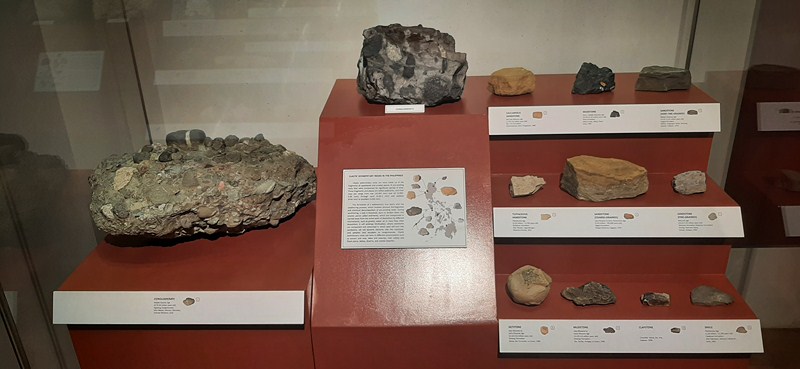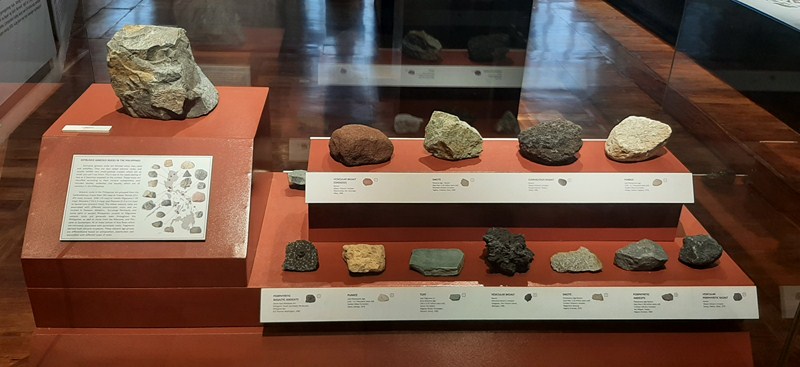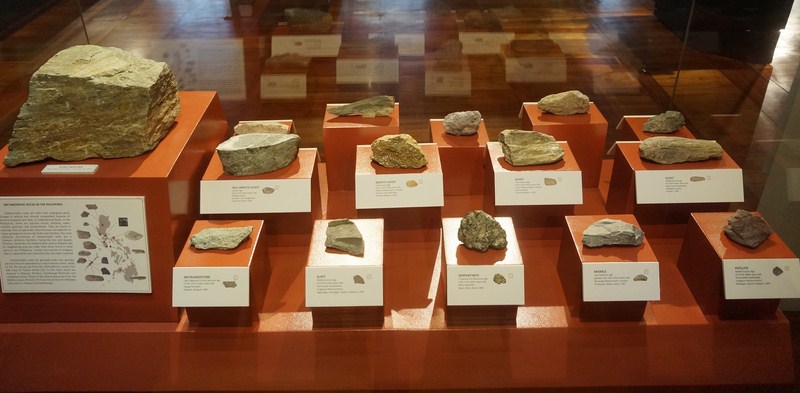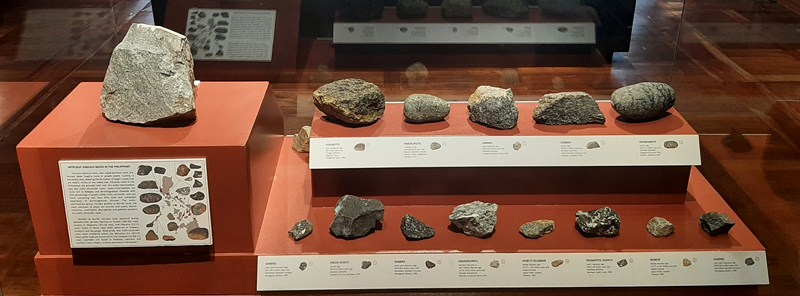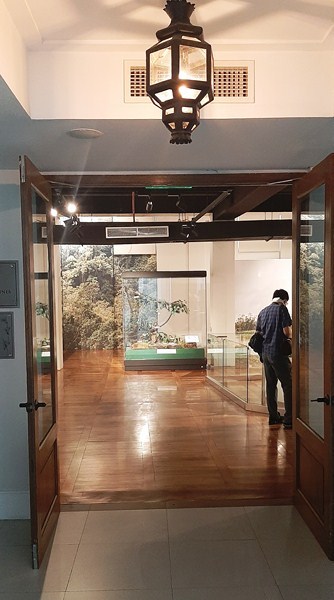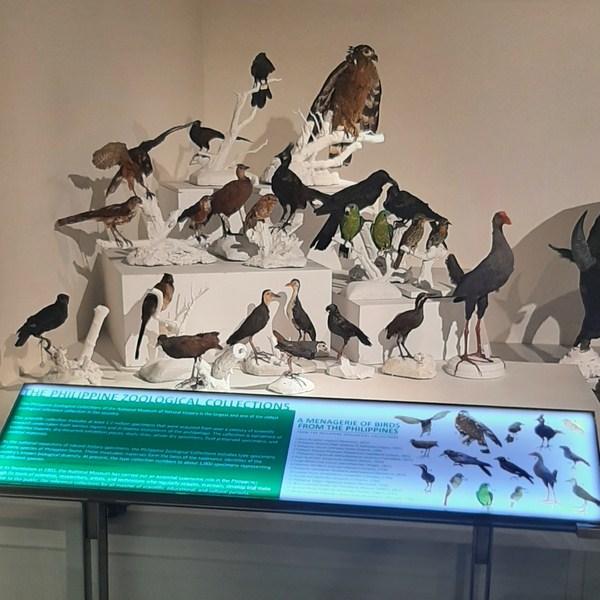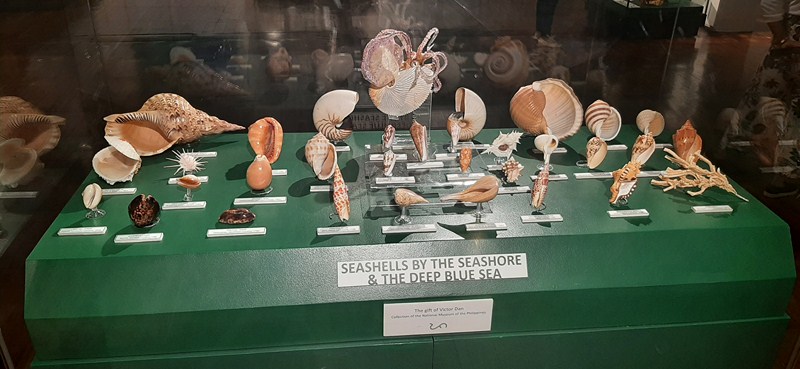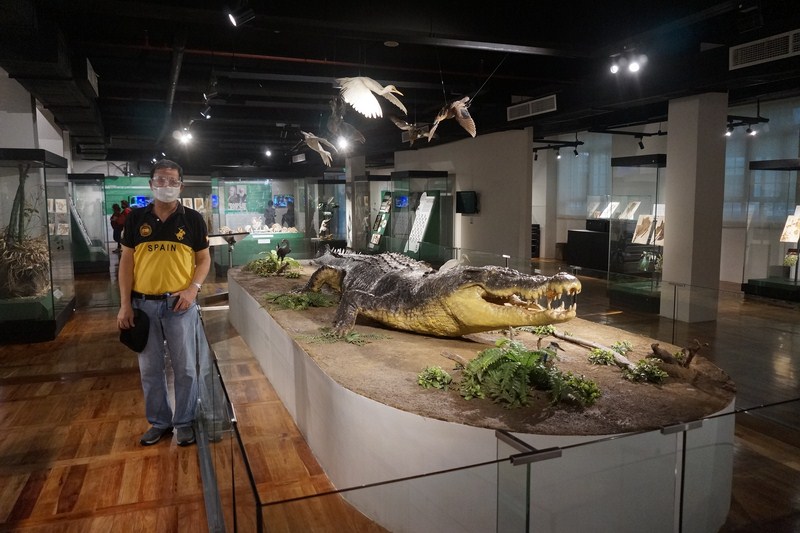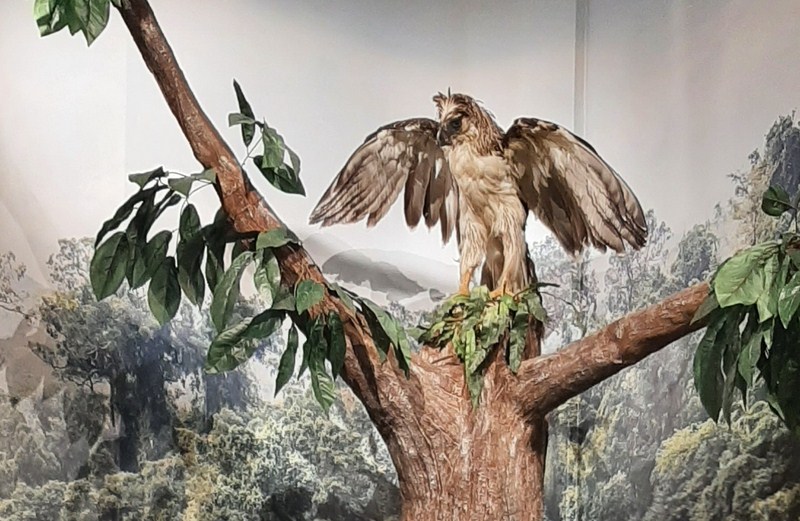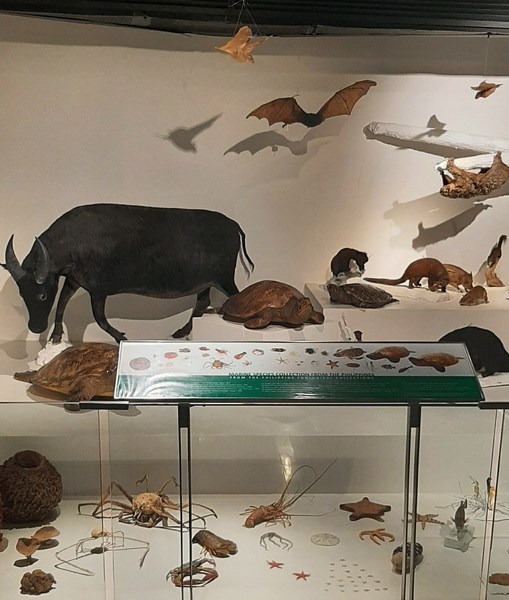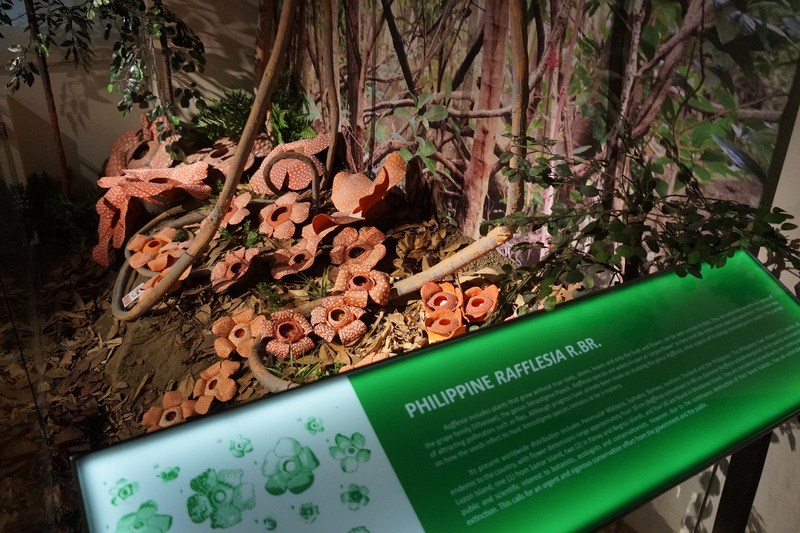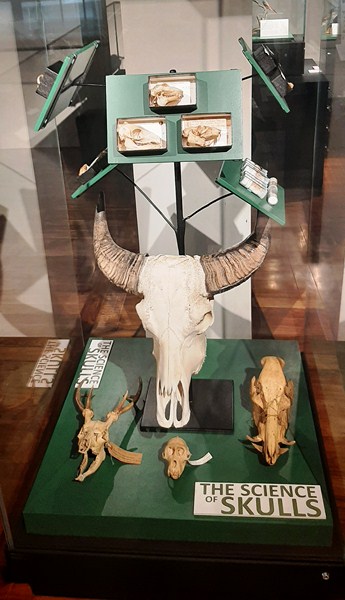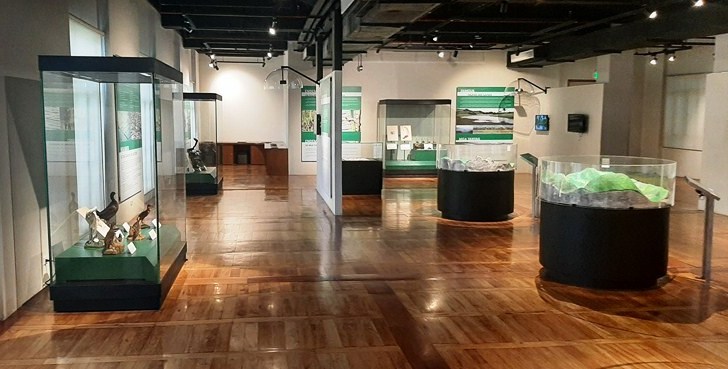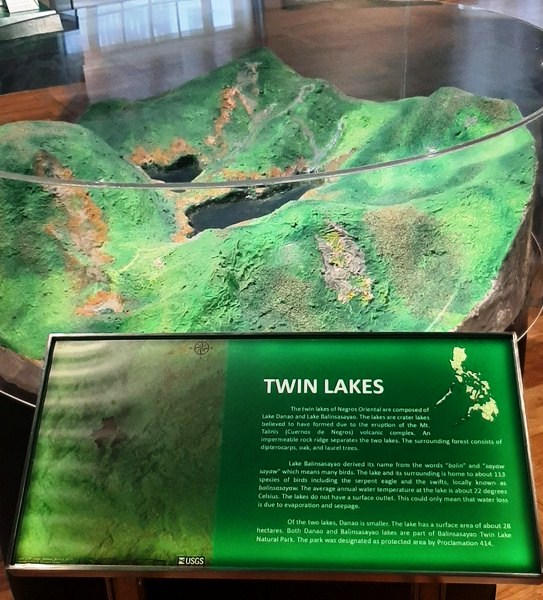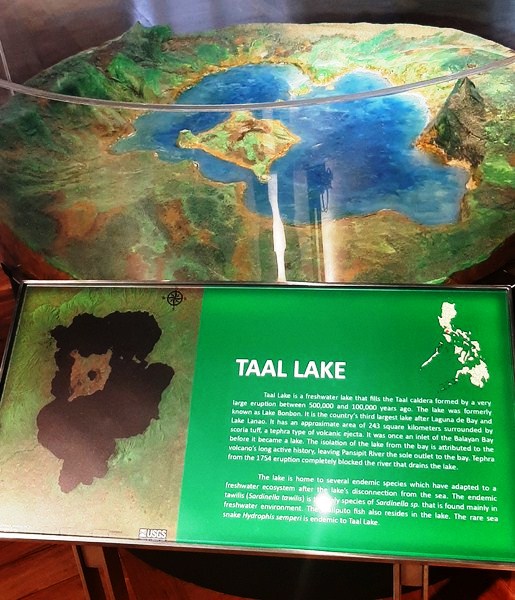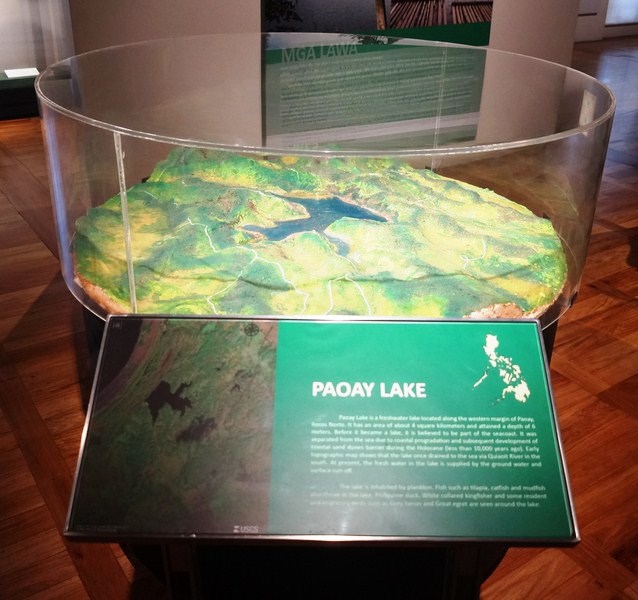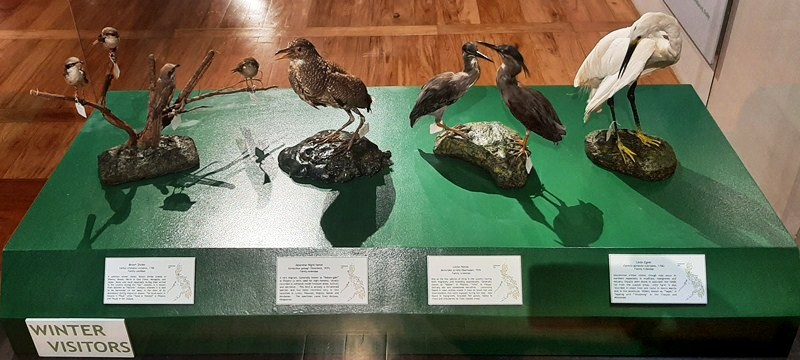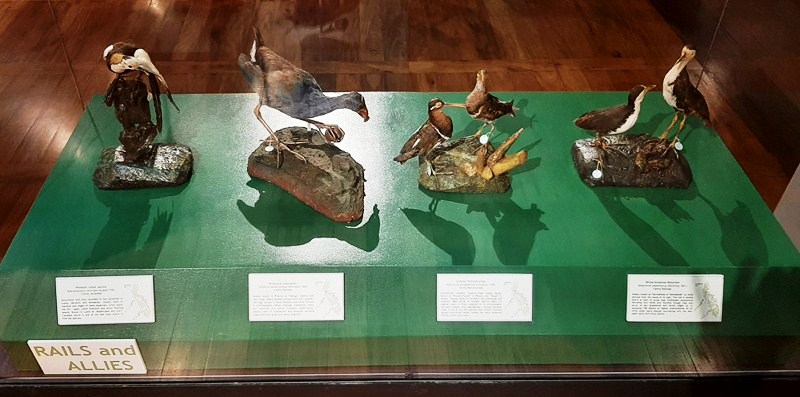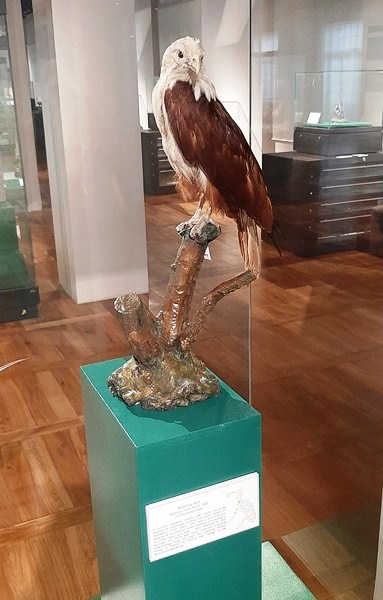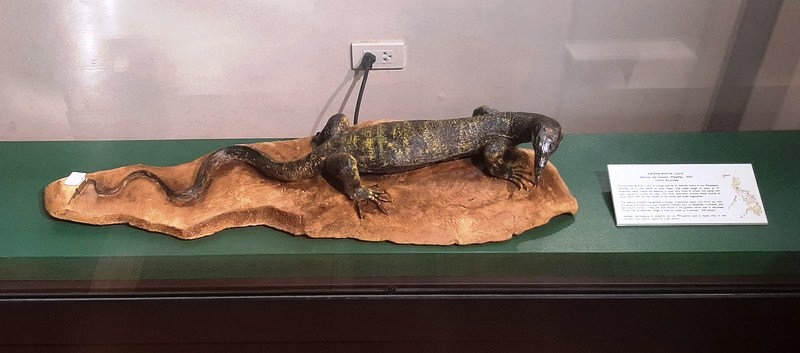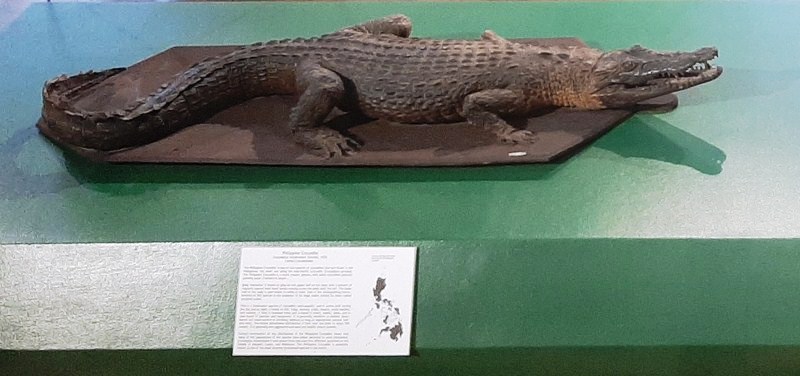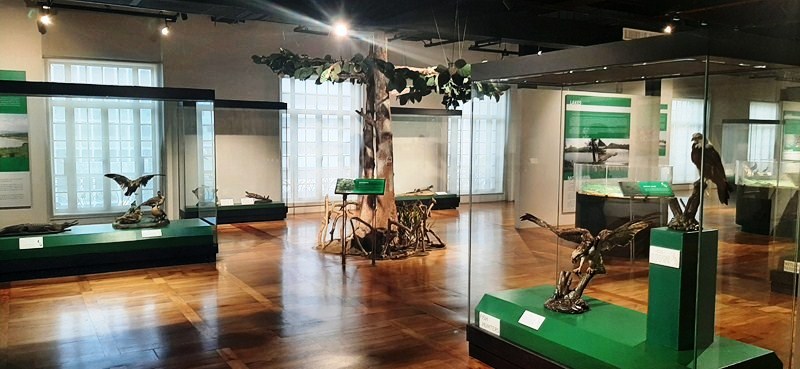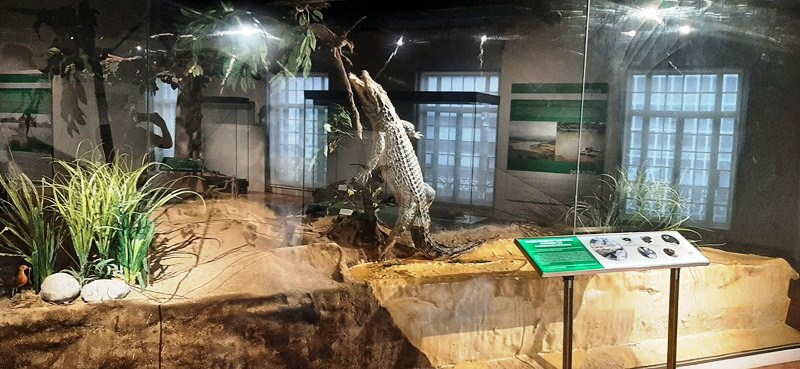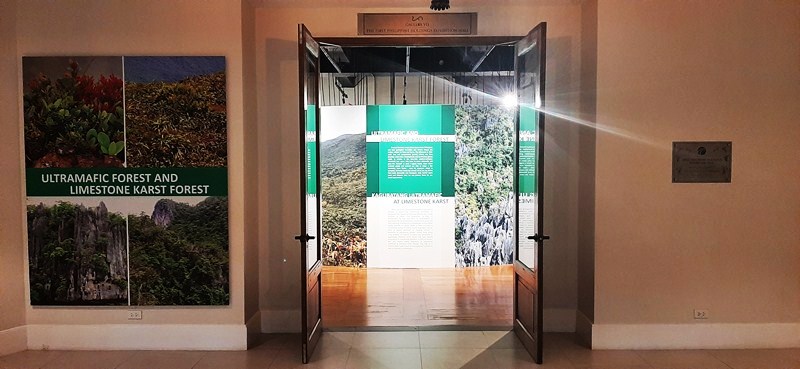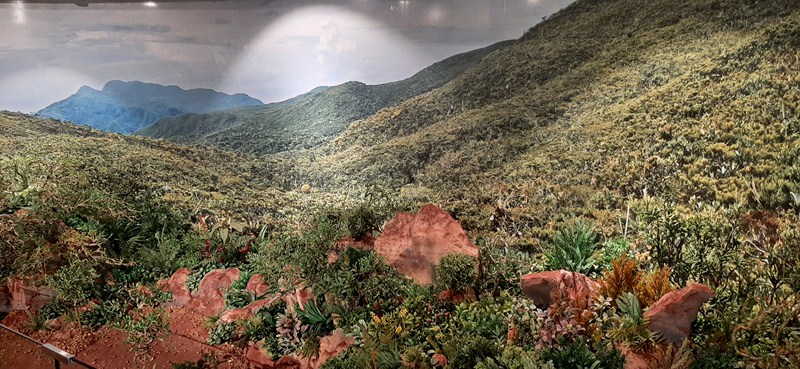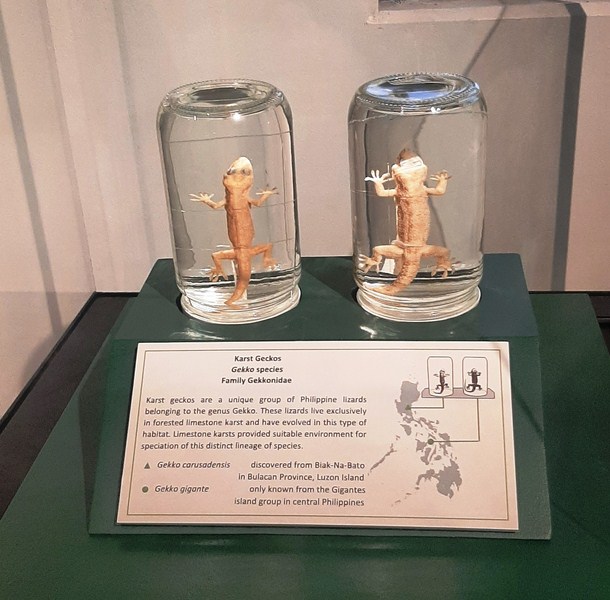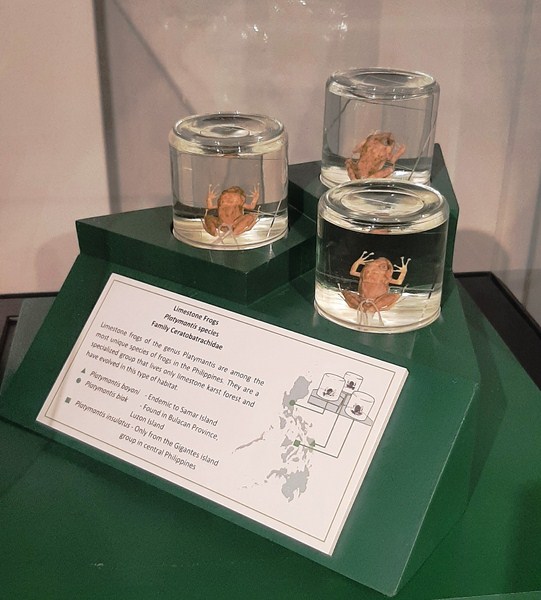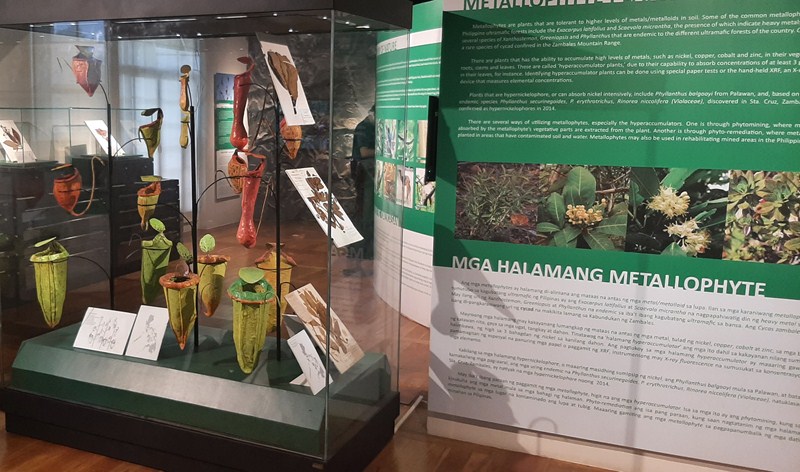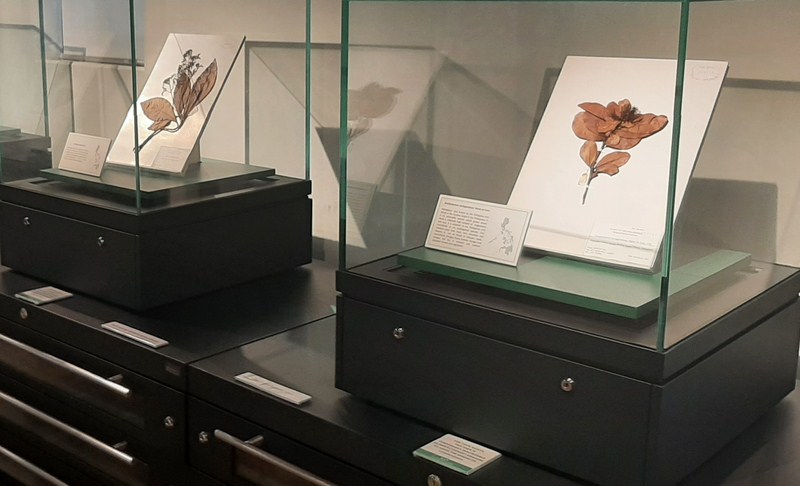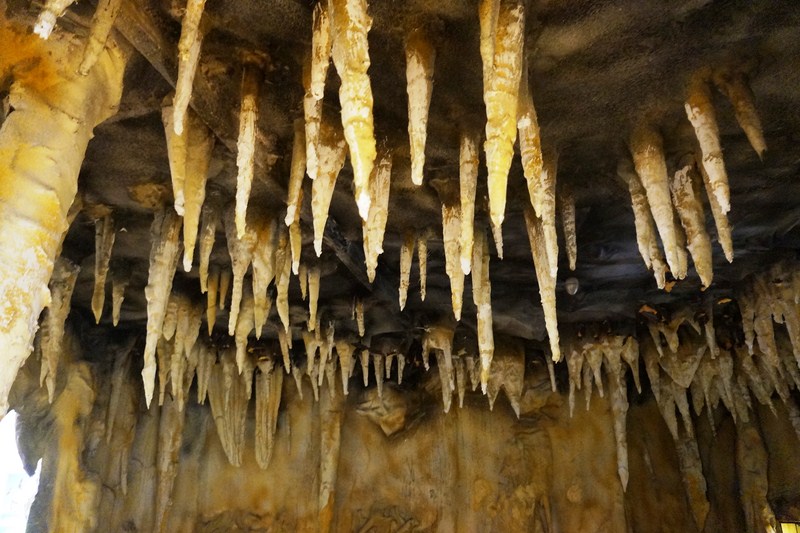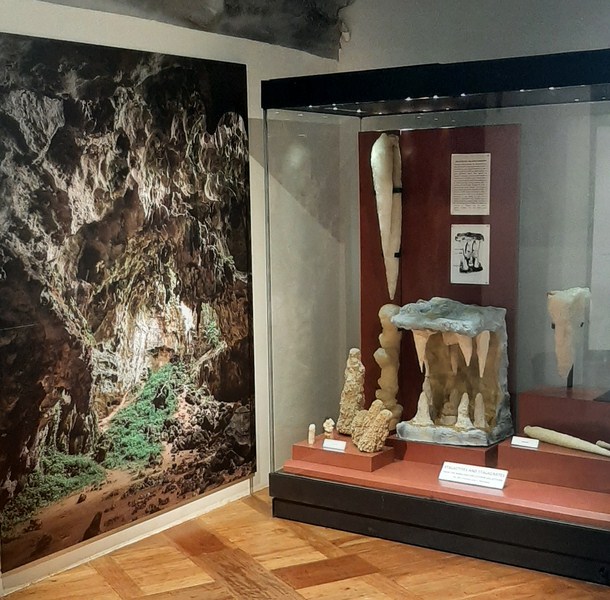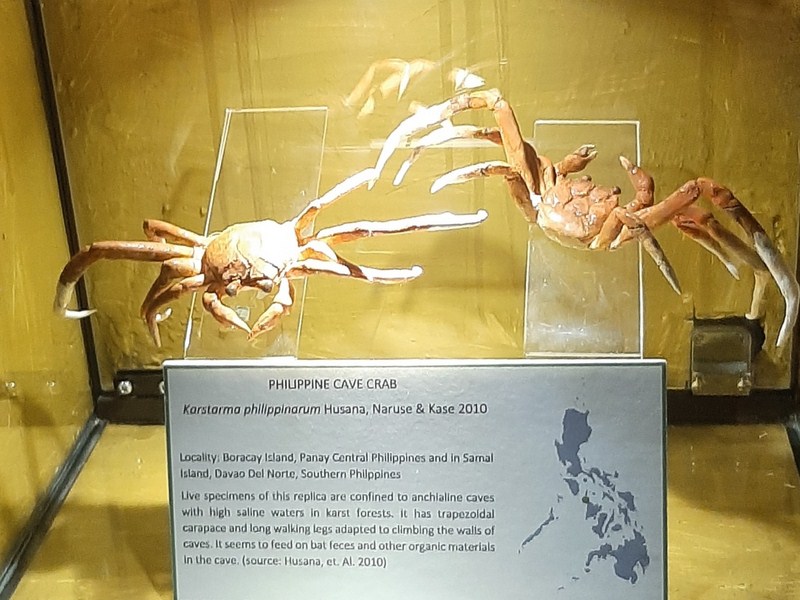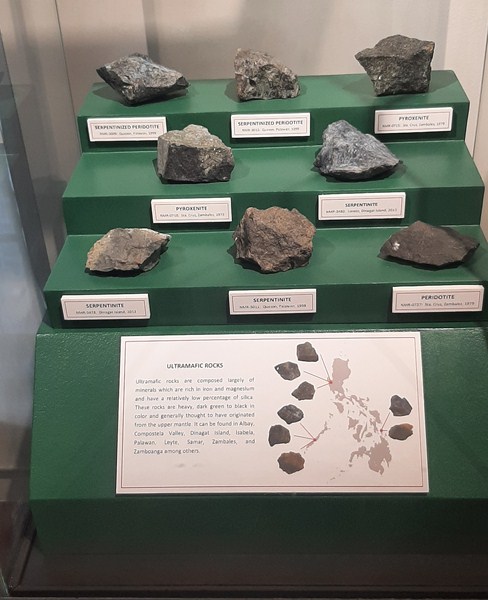The two-storey Museo ng Katipunan (translated as ”Museum of the Katipunan”), a history museum dedicated to Andres Bonifacio and the Katipunan, is situated within the grounds of the Pinaglabanan Shrine.
Opened as the Museo ng Rebolusyon (translated as Museum of the Revolution) on August 30, 1996 (during the centennial of the Battle of Pinaglabanan), the museum, prior to 2006, mainly featured the Battle of Pinaglabanan and had pictures, cutouts, and busts of Andres Bonifacio, Emilio Jacinto, and Apolinario Mabini as exhibits.
In 2006, the museum underwent a Php5 million renovation and was expanded to cover the Katipunan organization as a whole. On November 30, 2006, Bonifacio Day, it was re-inaugurated as the Museo ng Katipunan. It was reconstructed as a modernized museum and was reopened on August 27, 2013.
Lined with innovative and conventional exhibits, the Museo ng Katipunan tells the story of the Katipunan, the clandestine organization of the Filipino revolutionaries. It features artifacts which relate to the Philippine Revolution and the Katipunan.
The museum includes archival documents such as cedulas, oaths, membership forms, cryptic messages, as well as medals, and bladed weapons used by the Katipunan.
One of the main attractions of the museum is its collection of anting-anting which played a significant role in the motivation of the Katipuneros.
These formed copper or bronze medallions were engraved with religious symbols and Latin text. There’s also a vest shirt with hand-drawn folk Catholic symbols and magical incantations.
Also displayed are various artworks. Monochrome pastel portraits of known Katipuneros where created by renowned Filipino artist Pancho Piano.
The Life of Andres Bonifacio and Ang Dapat Mabatid ng mga Tagalog, both by Pancho Piano; and Katipunan by Juanito Torres are oil paintings that depict scenes from the Philippine Revolution.
There are also busts of Pio Valenzuela, Andres Bonifacio (by Julie Lluch), Gregoria de Jesus and Emilio Jacinto, and a 20th century decorative panel by Isabelo Tampinco.
The museum also features interactive features such as a holographic image of Andres Bonifacio, an audio recording of the poem Pag-ibig sa Tinubuang Lupa and touch screen terminals.
The entwined lives of Andres Bonifacio and Emilio Jacinto are highlighted by different exhibits like the interactive map tracing their beginnings in Tondo, Manila, the Kartilya, and the Katipunan Decalogue. You can also draw your own version of the Katipunan seal via an interactive projector. Museum staff can print it for you as a remembrance.
In addition, the Museum houses a stereoscopy room featuring late 19th century photographs, a library, and a 30-pax E-learning room where students from grades 5 -7 can take online interactive lessons, produced by the NHCP, about Bonifacio and the Katipunan, the first in the country.
The Museo ng Katipunan provides an educational approach to understand the Katipunan, its primary movers, and their actions. Apart from Andres Bonifacio, Emilio Jacinto, and other renowned revolutionaries, the museum also honors, through a Memorial Wall, the valiant efforts of the Katipuneros who fought for the independence of the Philippines.
The Museo ng Katipunan provides an educational approach to understand the Katipunan, its primary movers, and their actions. Apart from Andres Bonifacio, Emilio Jacinto, and other renowned revolutionaries, the museum also honors, through a Memorial Wall, the valiant efforts of the Katipuneros who fought for the independence of the Philippines.
On both floors are dioramas that show the chronology of the events of the Philippine Revolution using 300 Ninay dolls produced by the Balikatan sa Kaunlaran Foundation. At the ground floor is “The Cry of the Revolution,” “The Uprising of the Filipino People,” “The March to El Polvorin,” “The Skirmish at El Polvorin,” “The Attack on El Deposito,” “The Battle of San Juan del Monte,” “The Declaration of the First Martial Rule in the Philippines” and “The First Martyrs of the Katipunan.” At the second floor is “Unang Sigaw.”
Museo ng Katipunan: 29 Pinaglabanan St., Brgy. Corazon de Jesus, San Juan City, Metro Manila. Curator: Christian Bernard Melendez. Tel: (632) 7254 -4470. Mobile number: (0917) 553-7856. Email Add: pinaglabananmemorialshrine@gmail.com. Open Tuesdays to Sundays, 8 AM to 4 PM.
How to Get There: Jeepneys, at Camp Crame, have routes that pass by the Pinaglabanan Shrine. RRCG buses that ply the Ortigas Avenue-Sta. Mesa route also pass by the Pinaglabanan Shrine. By car, take the Bonny Serrano Avenue westbound, beside Camp Crame, until you reach Pinaglabanan Shrine. From Ortigas Avenue westbound, turn left at Bonny Serrano Avenue and go straight until you reach Pinanglabanan Shrine on the right.

